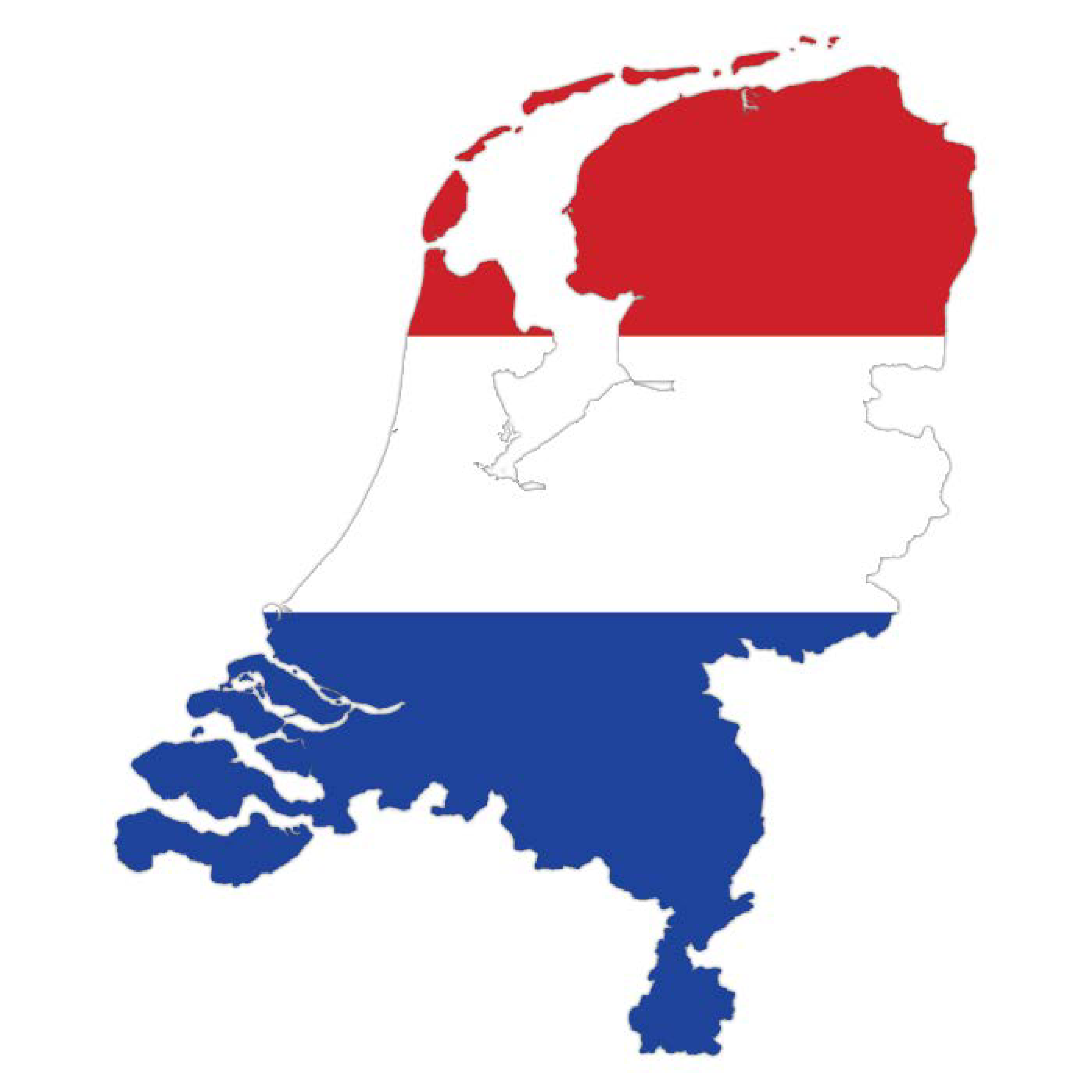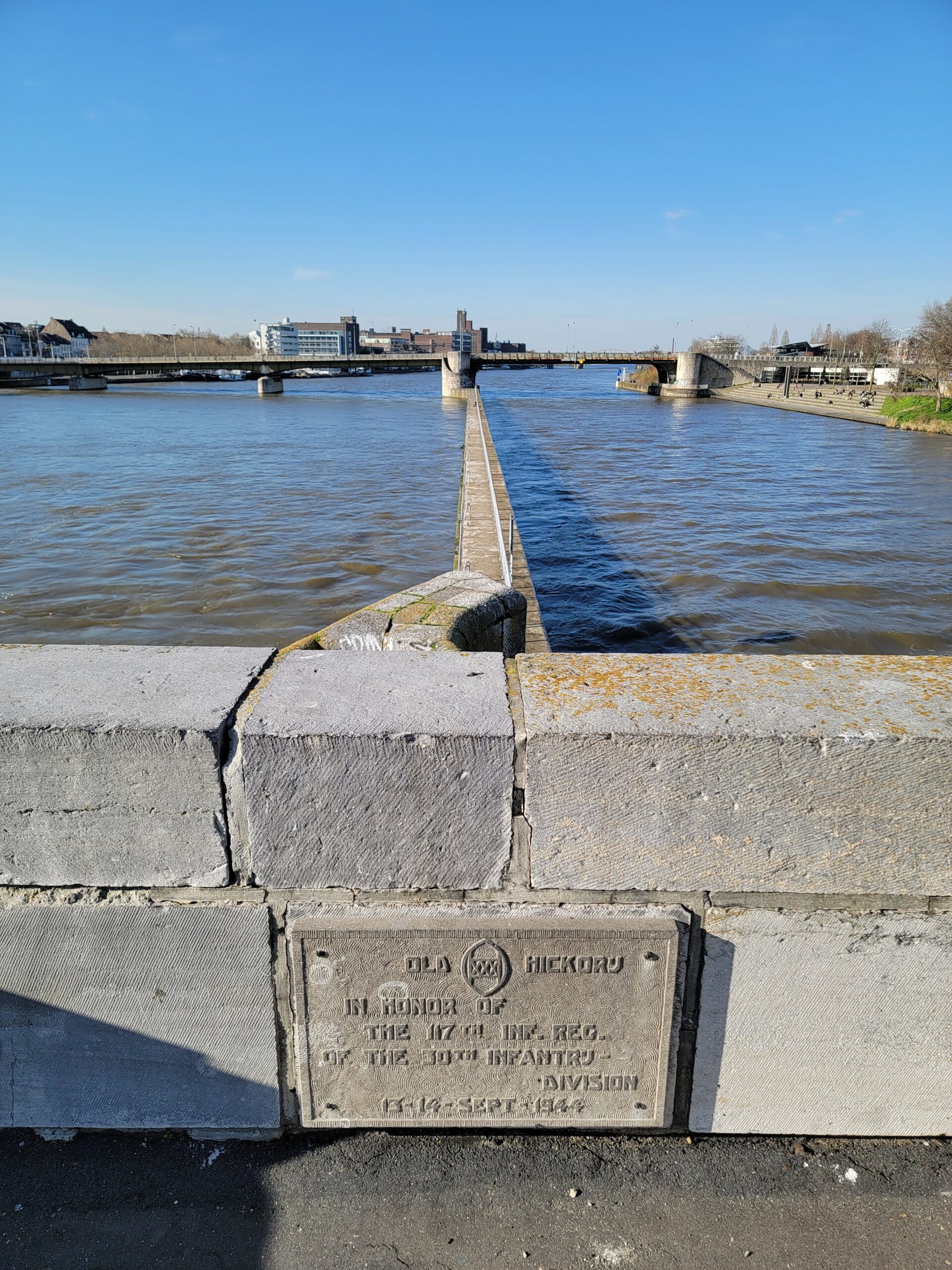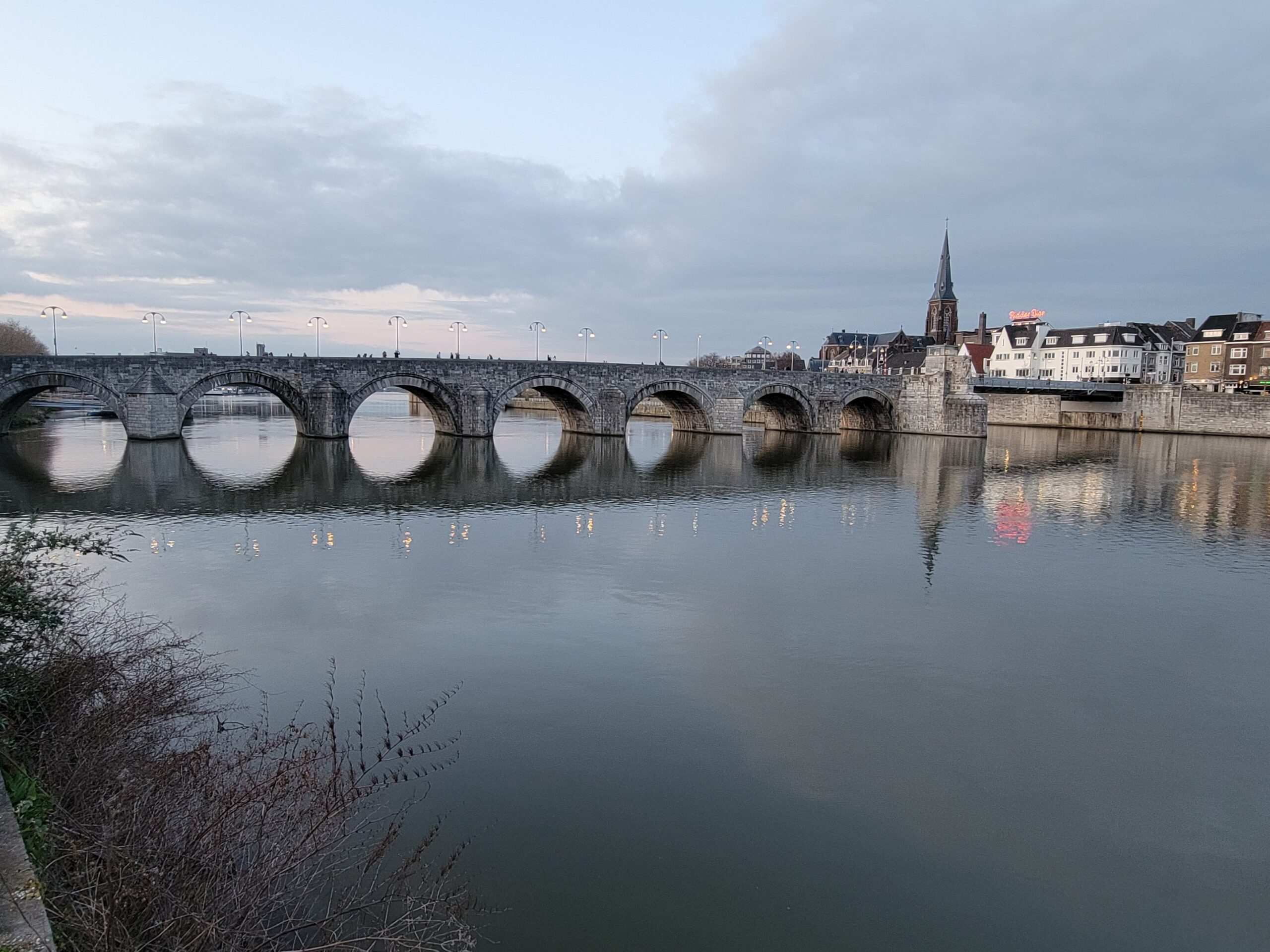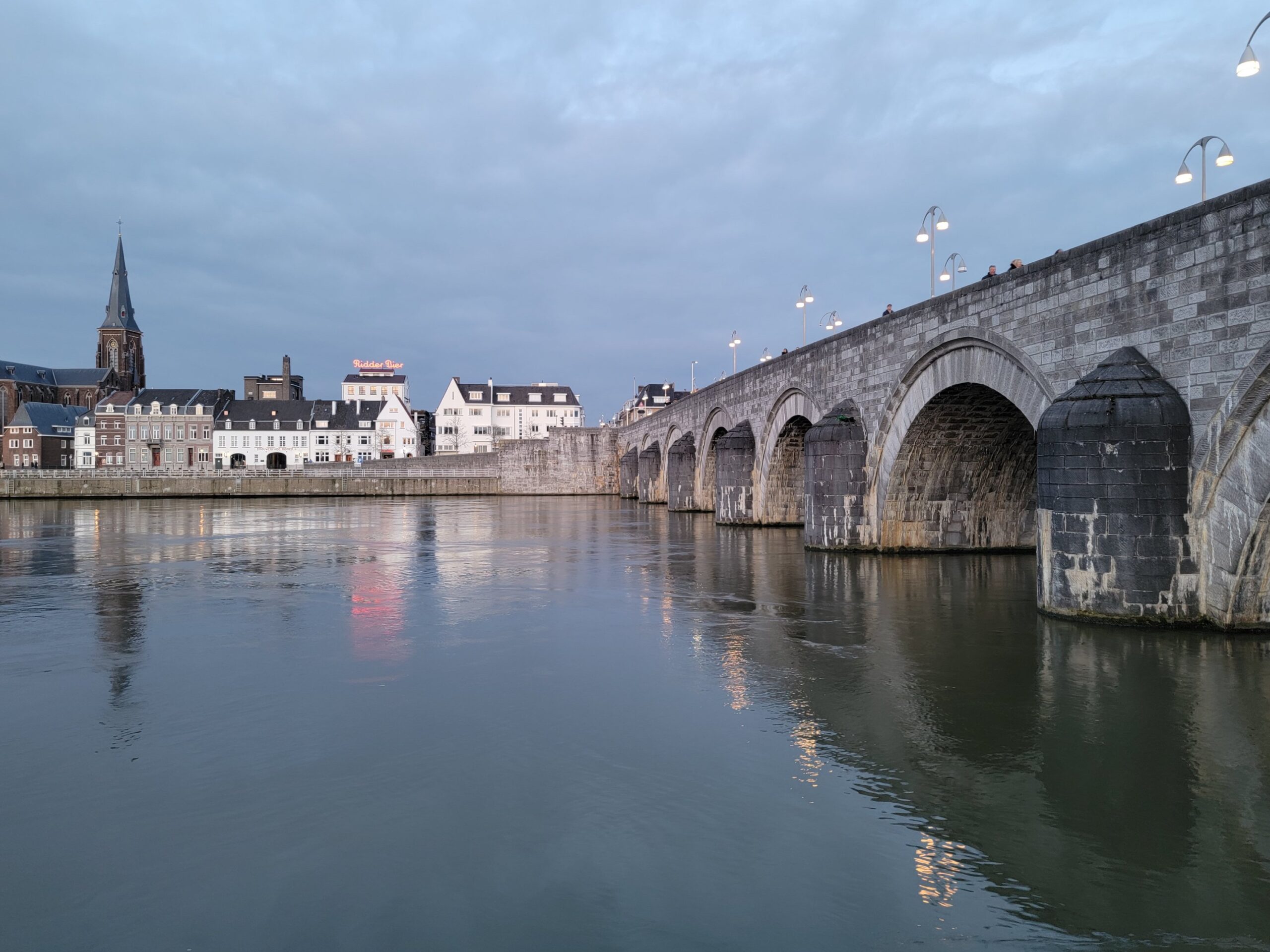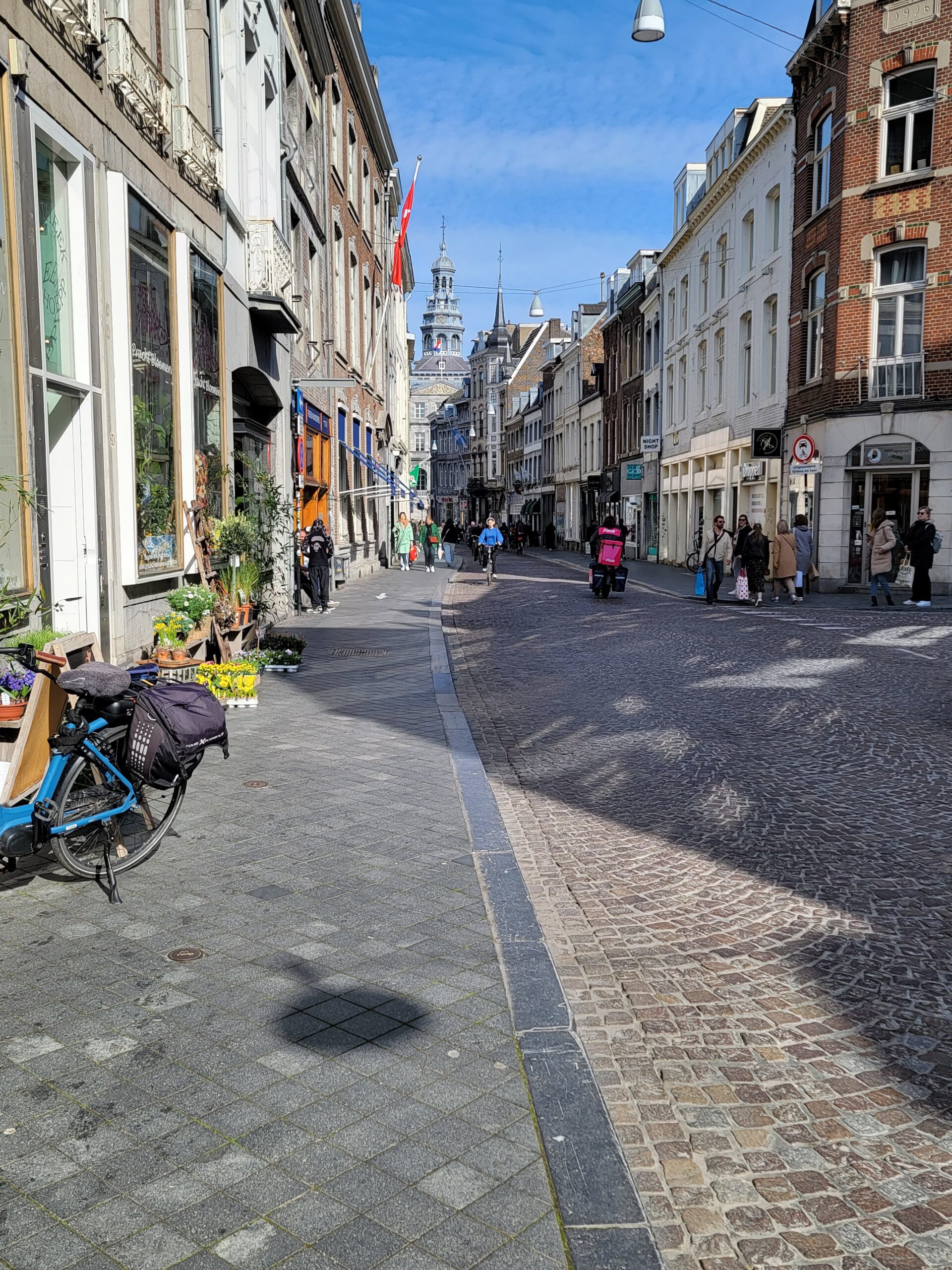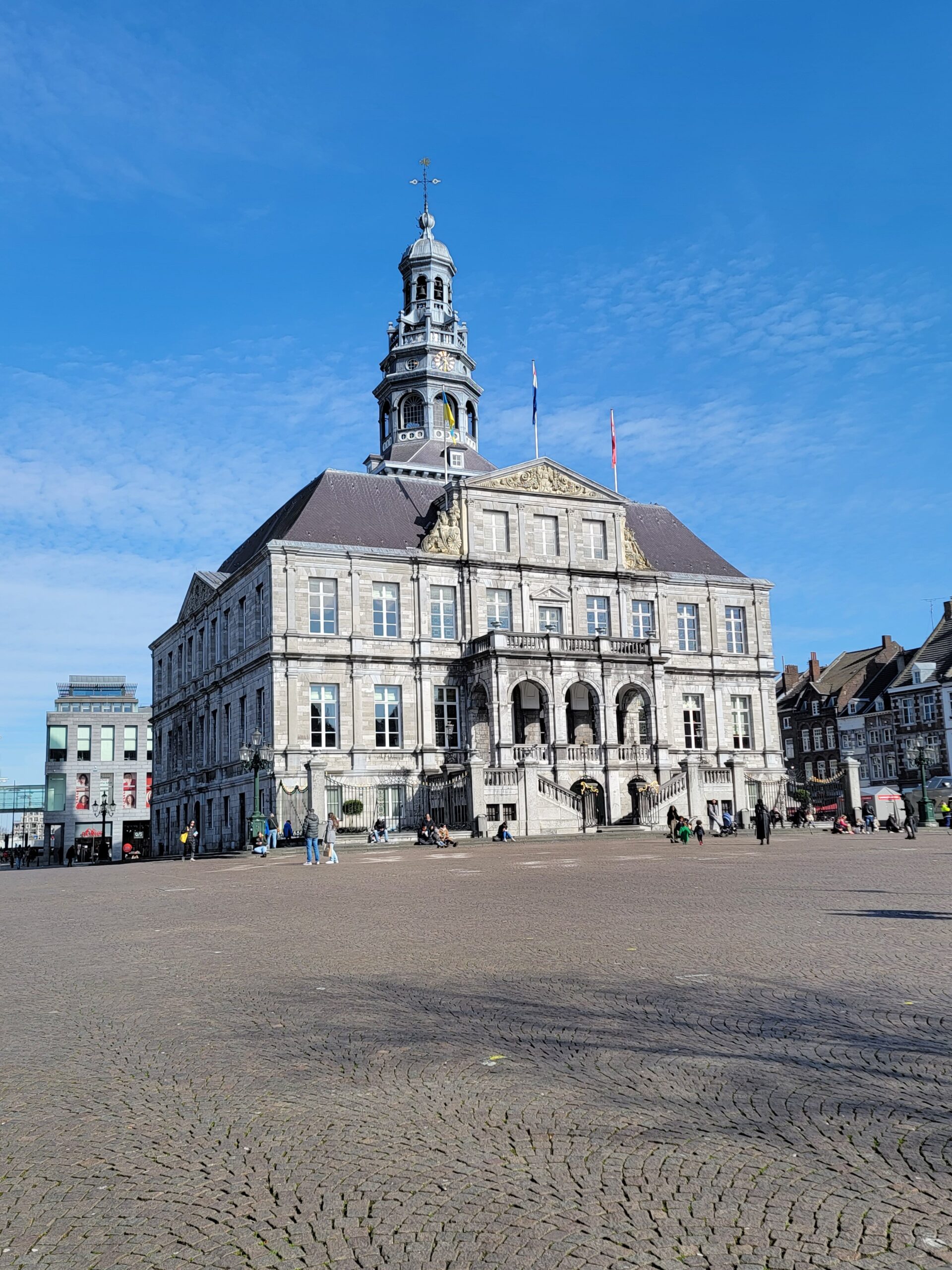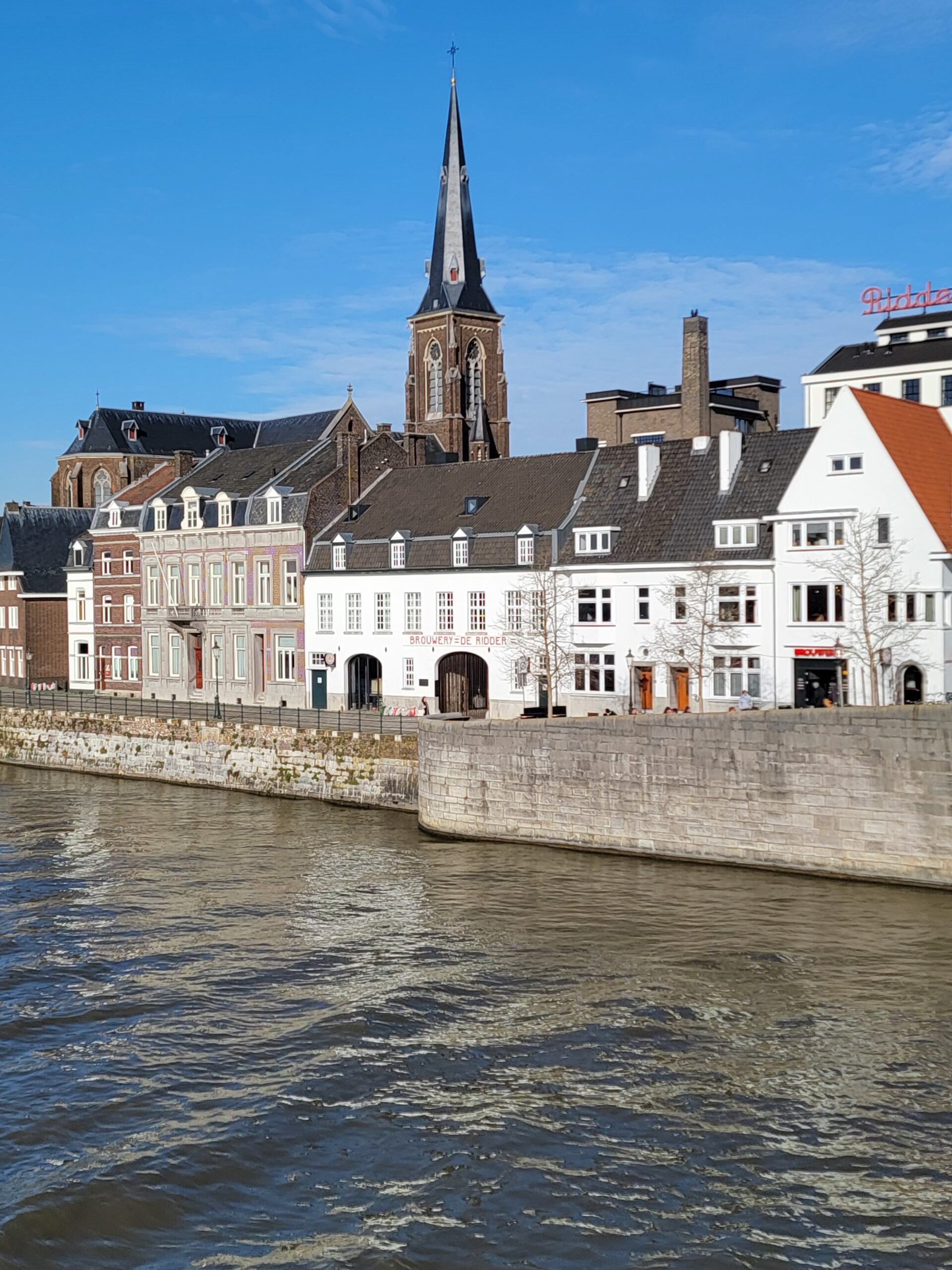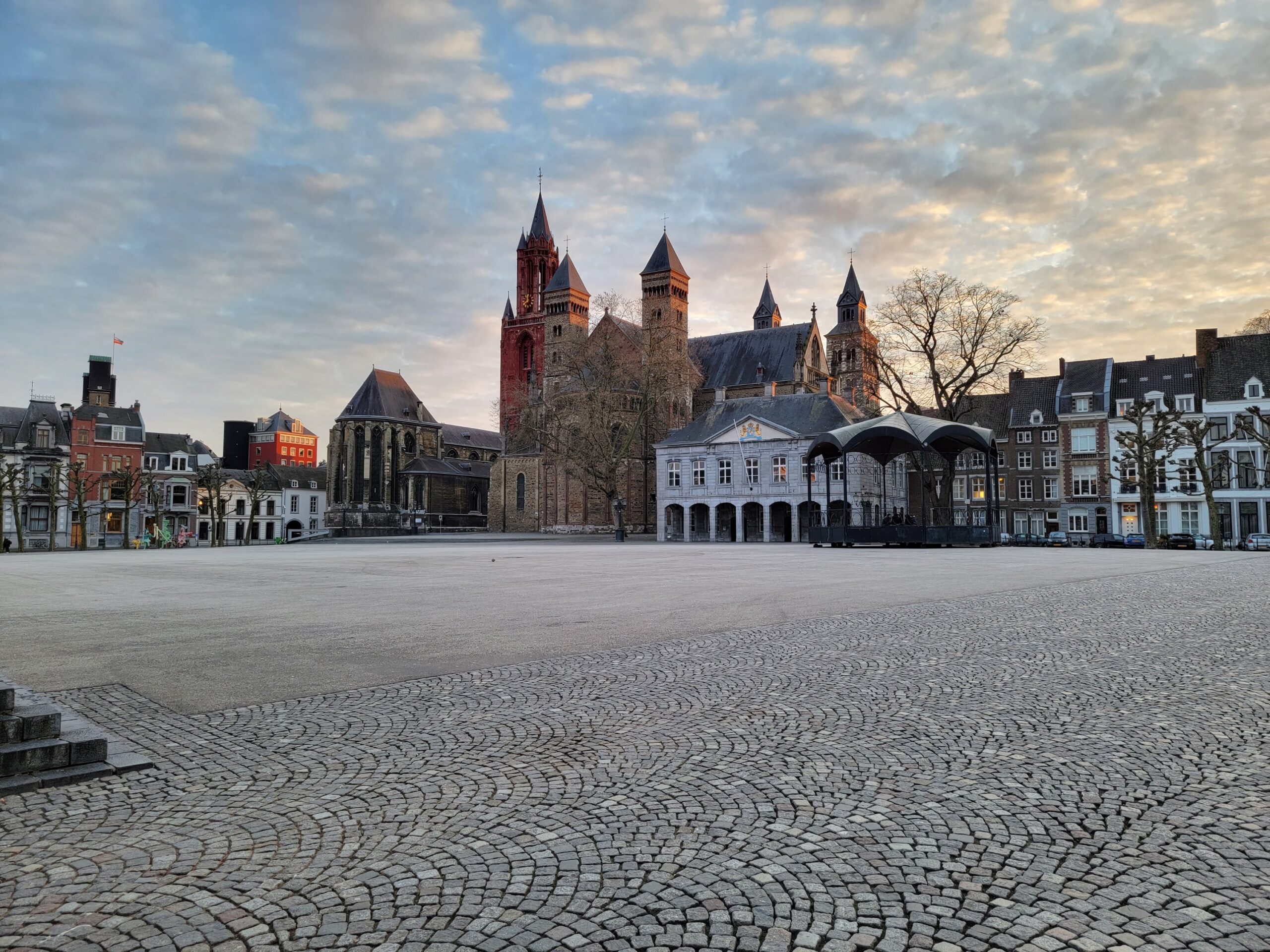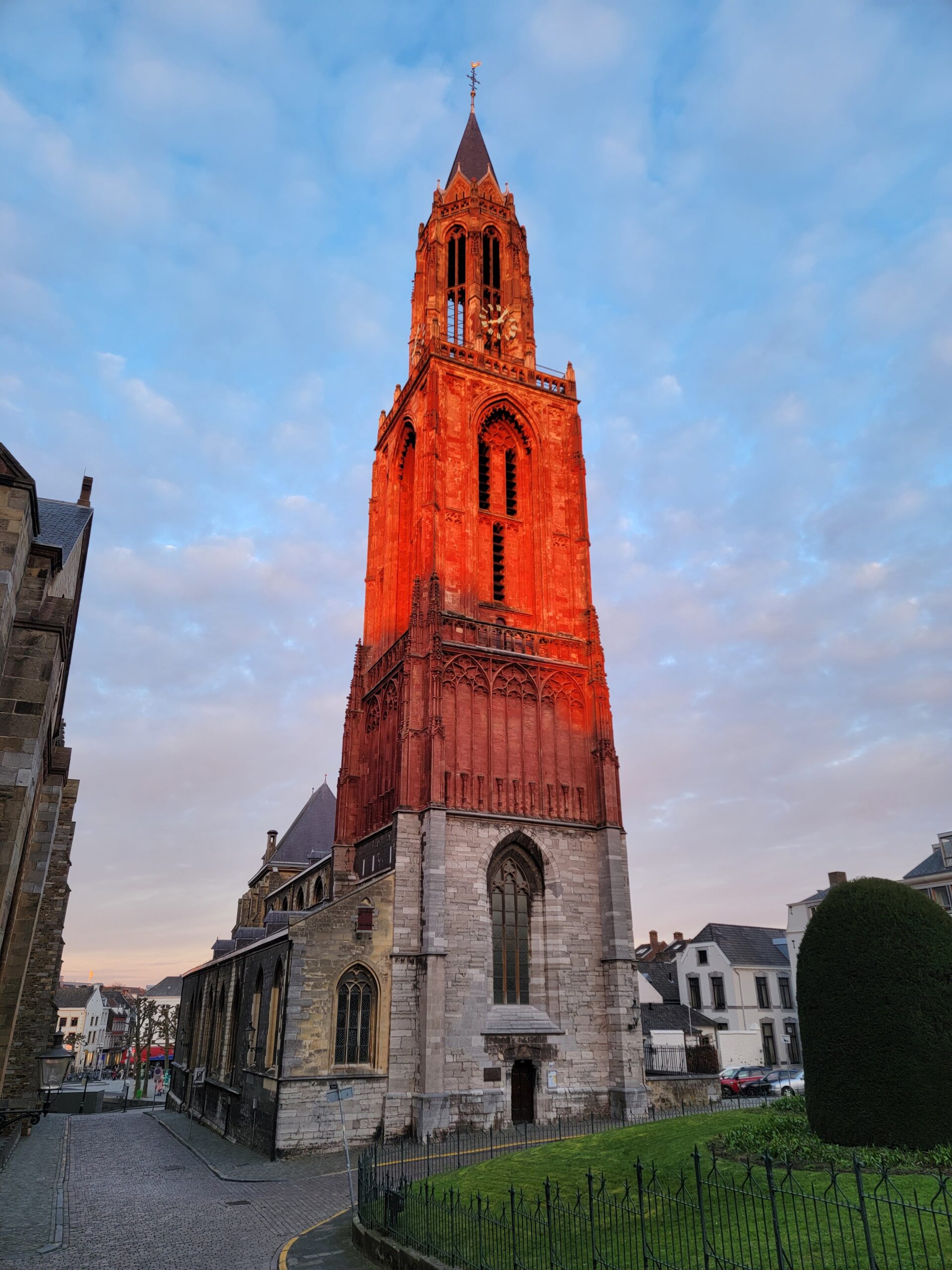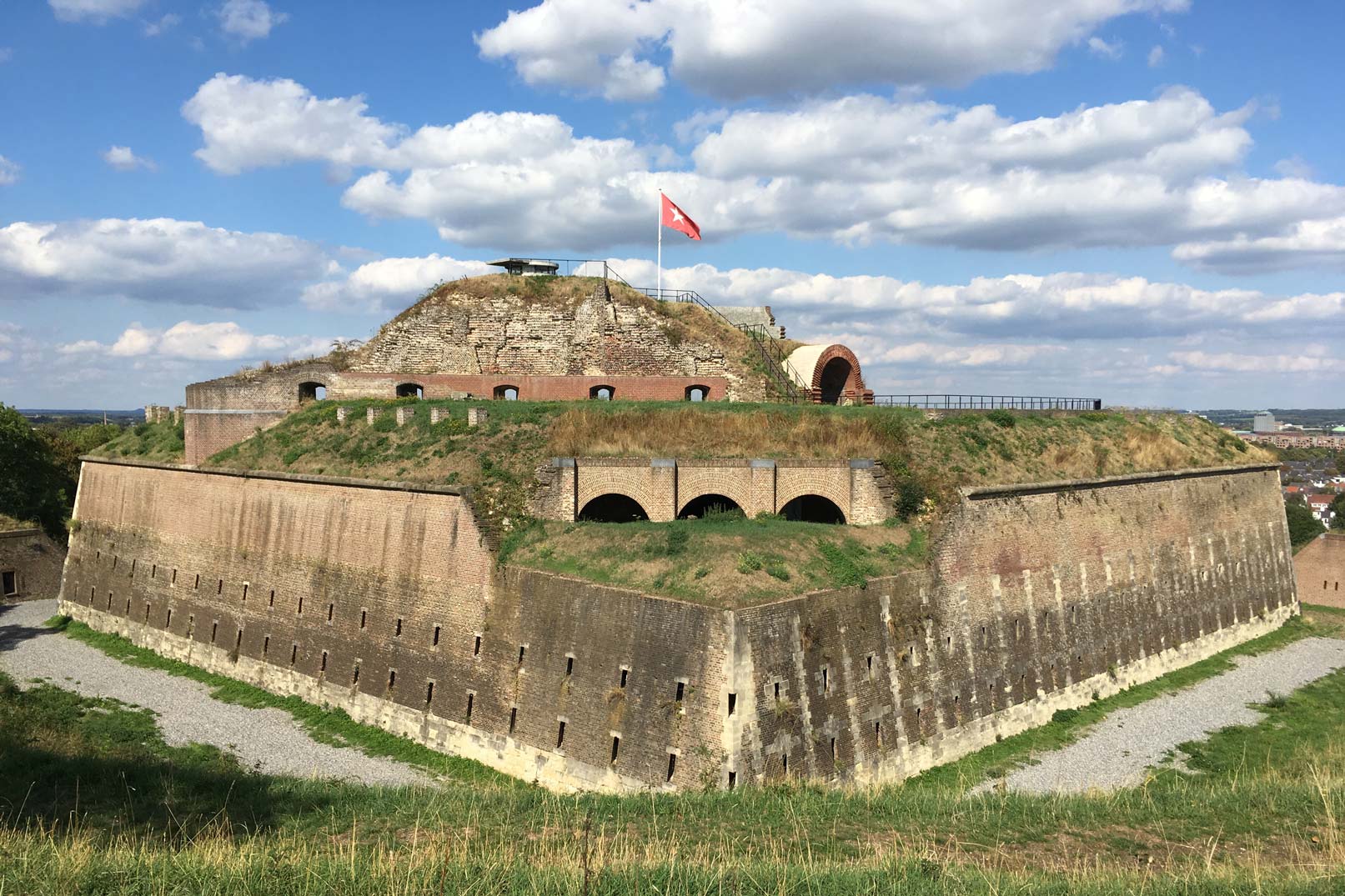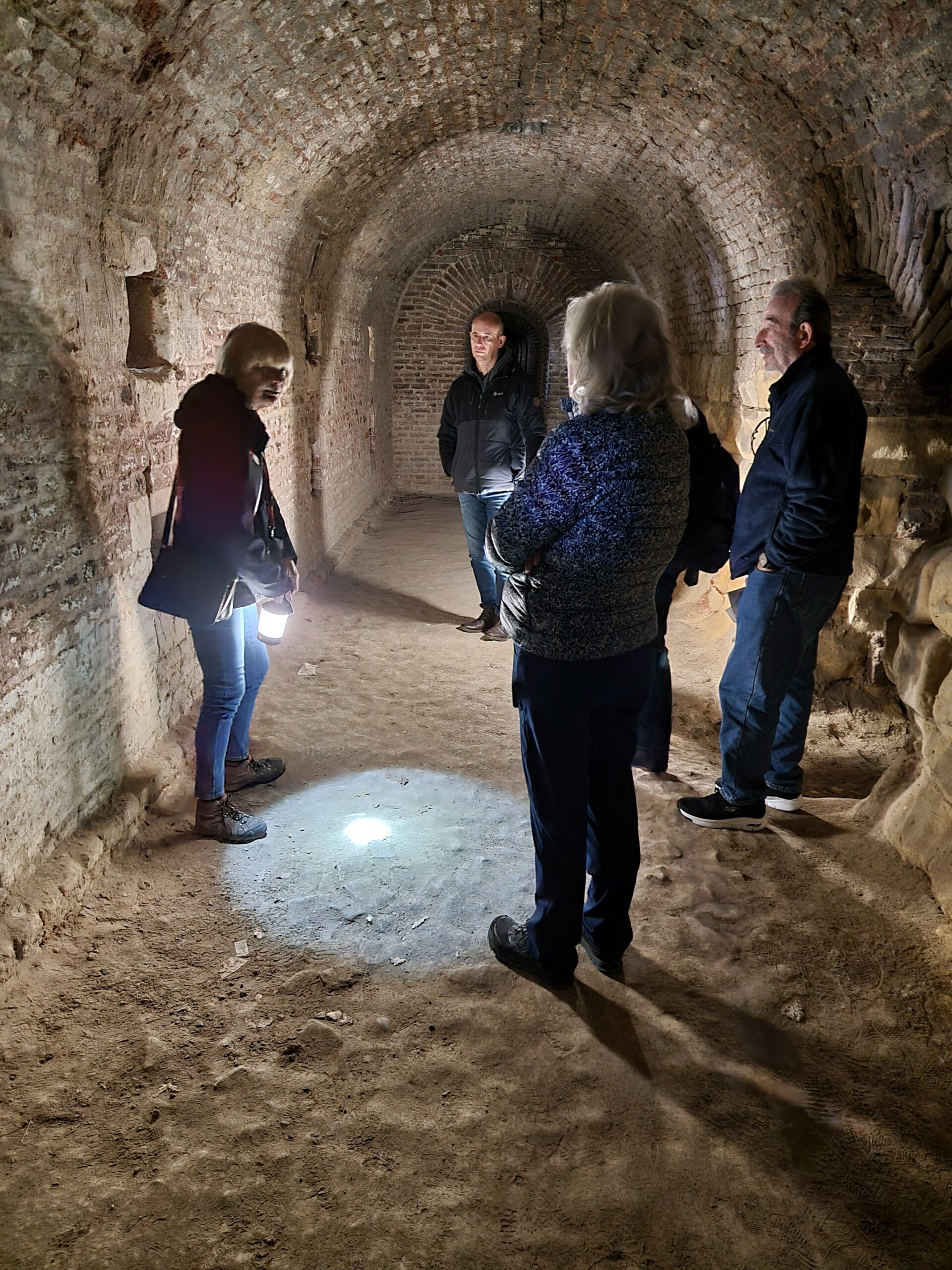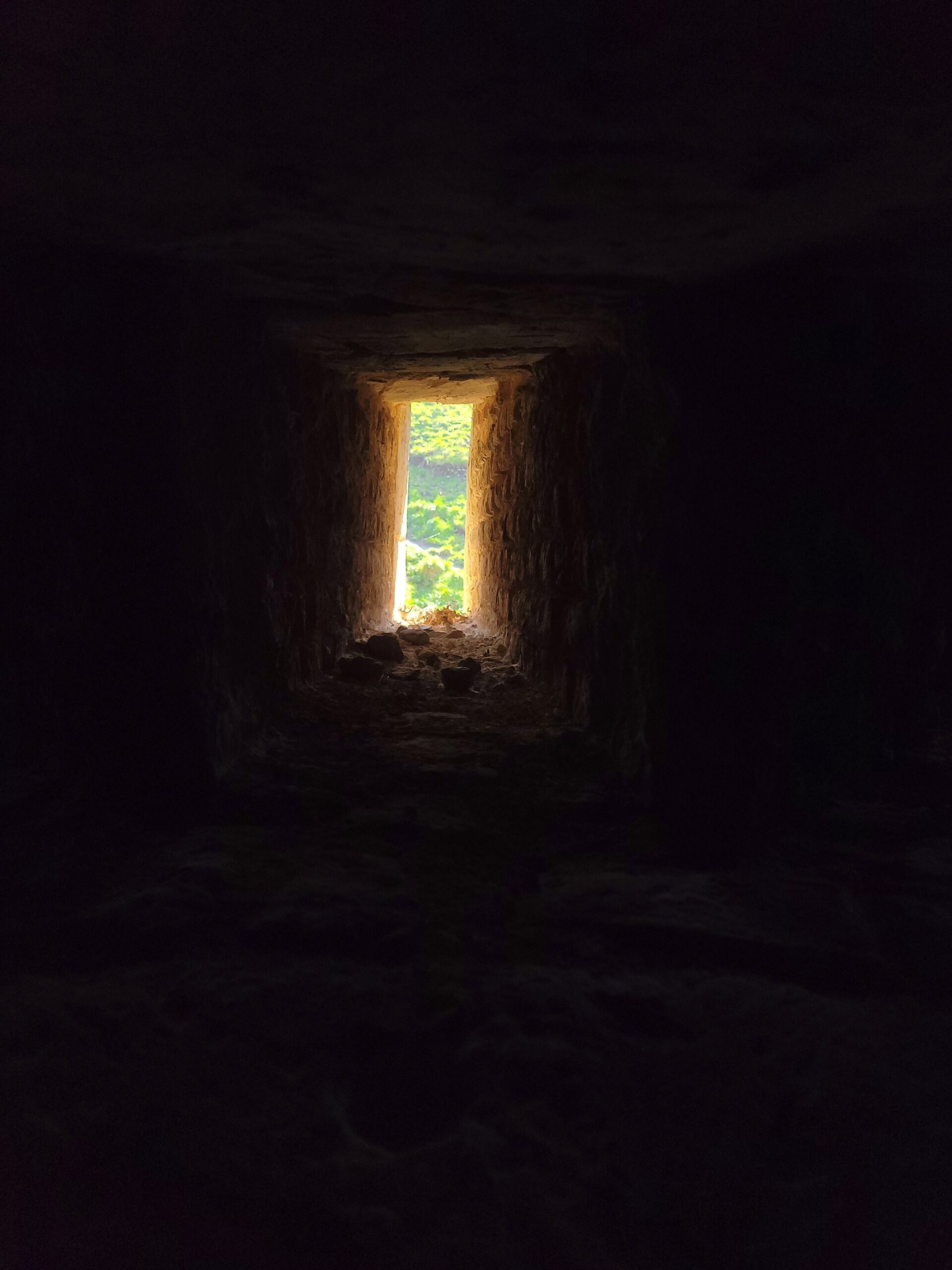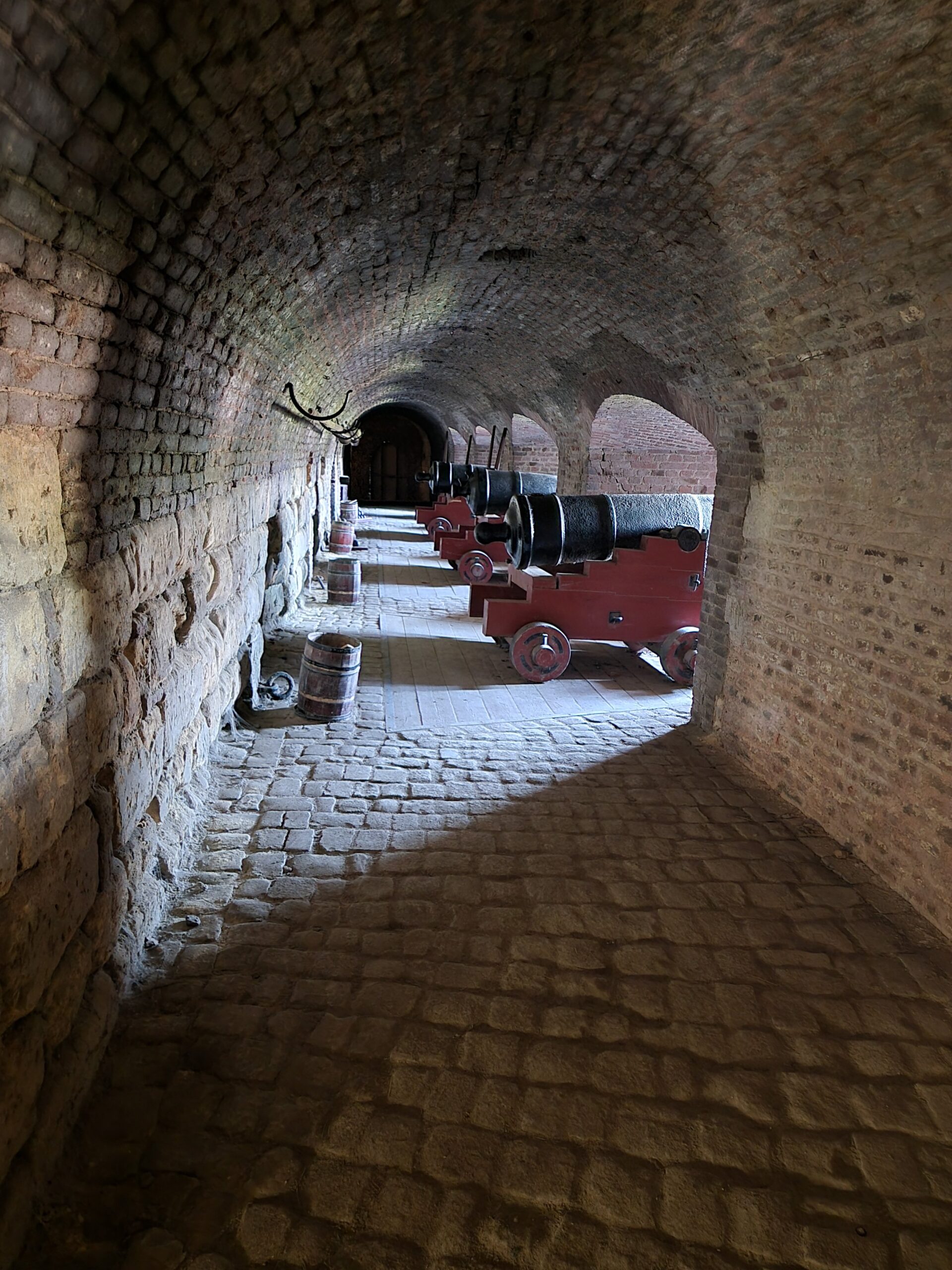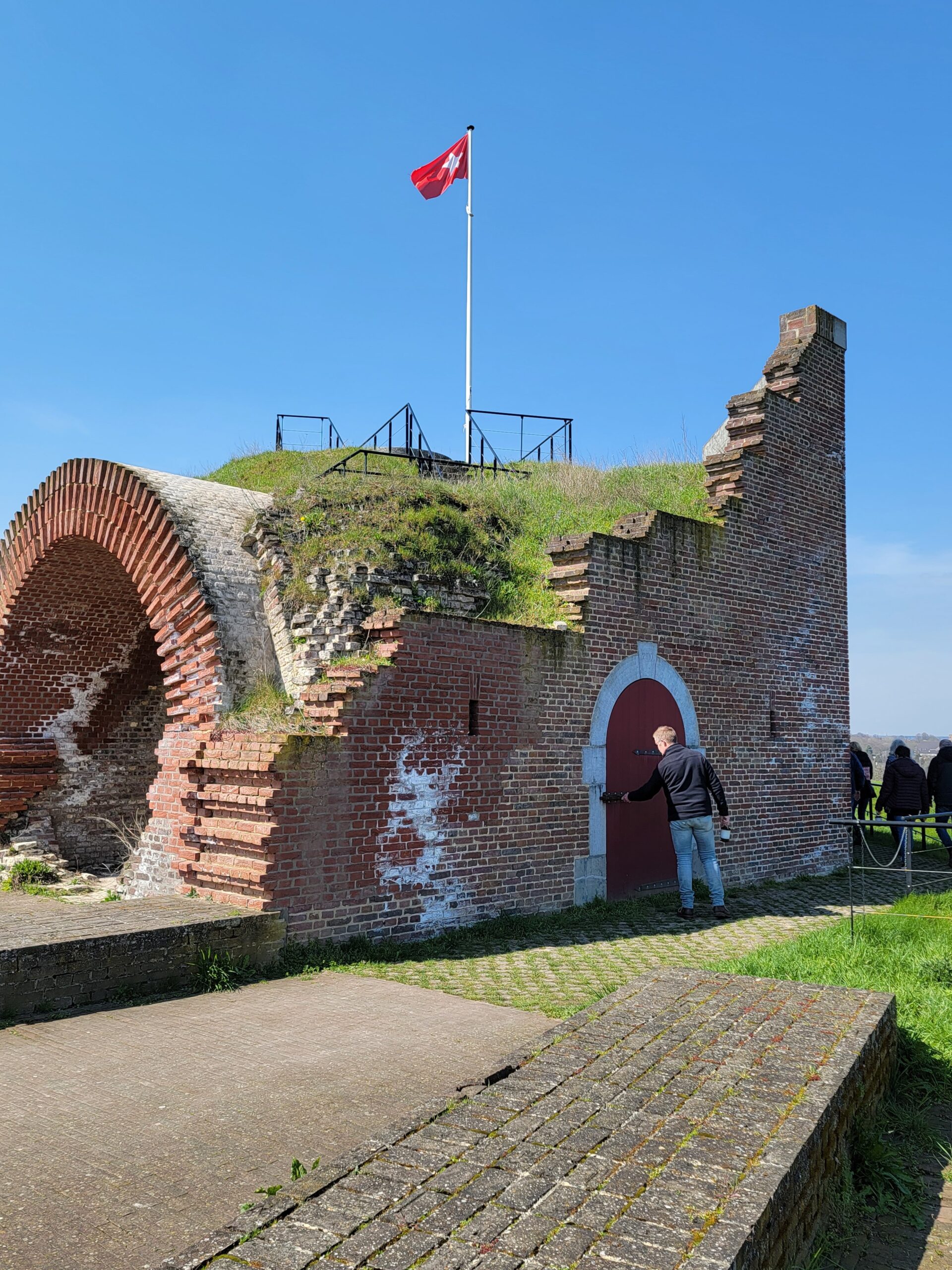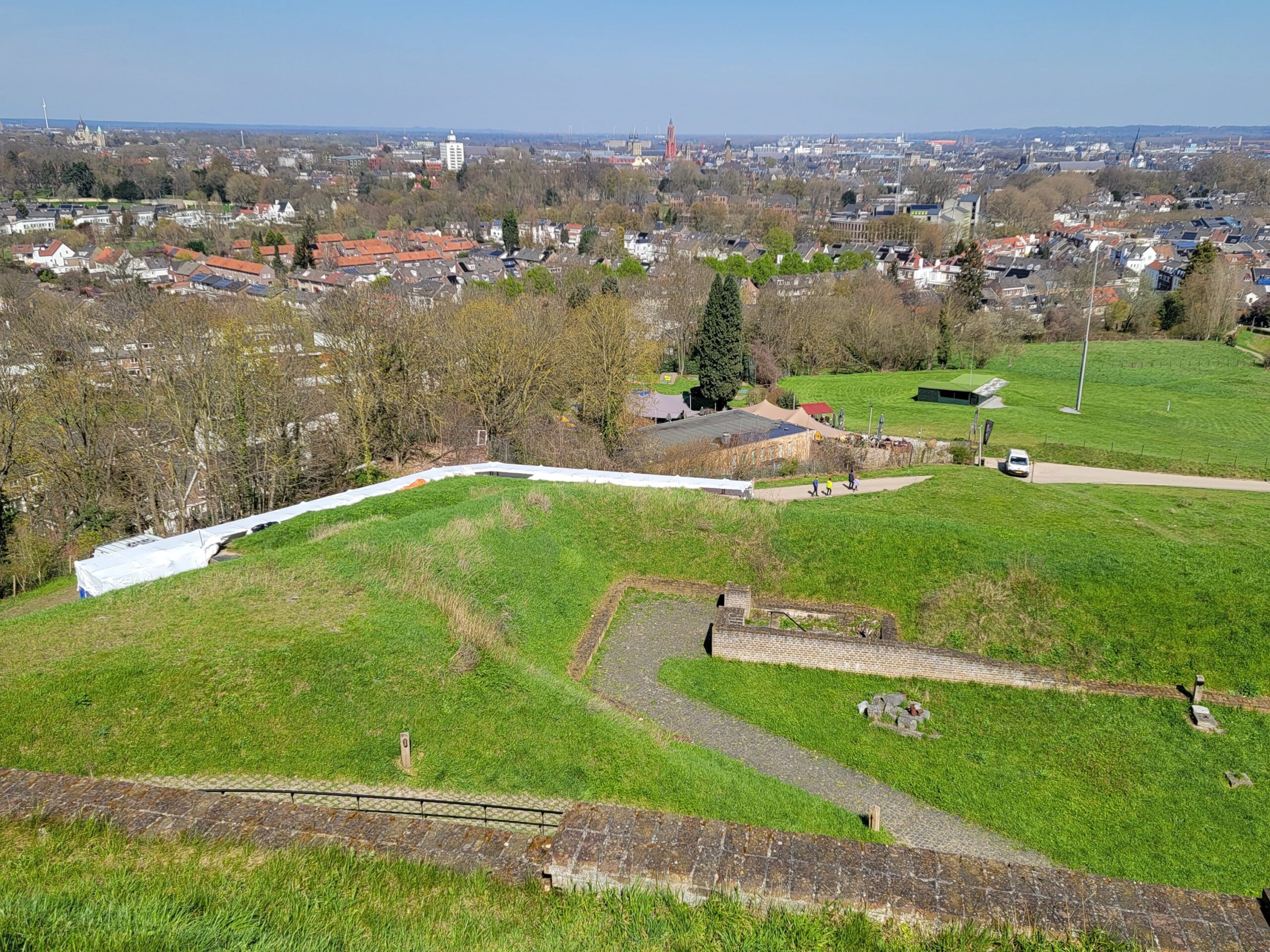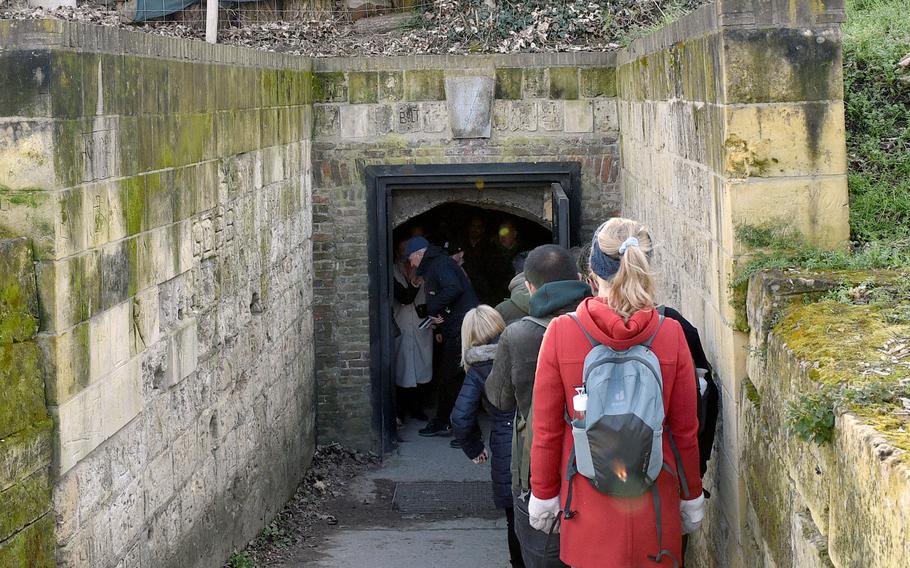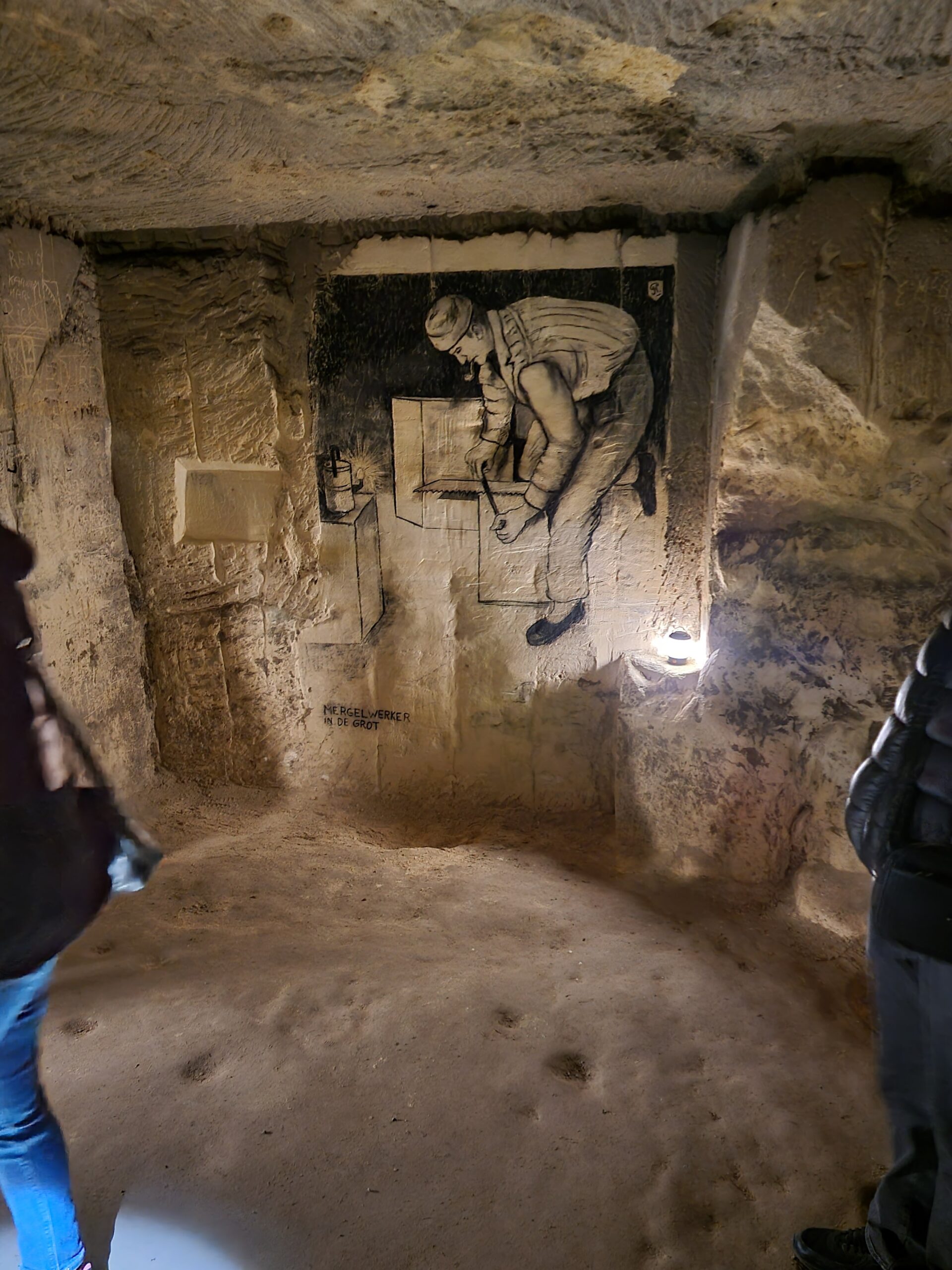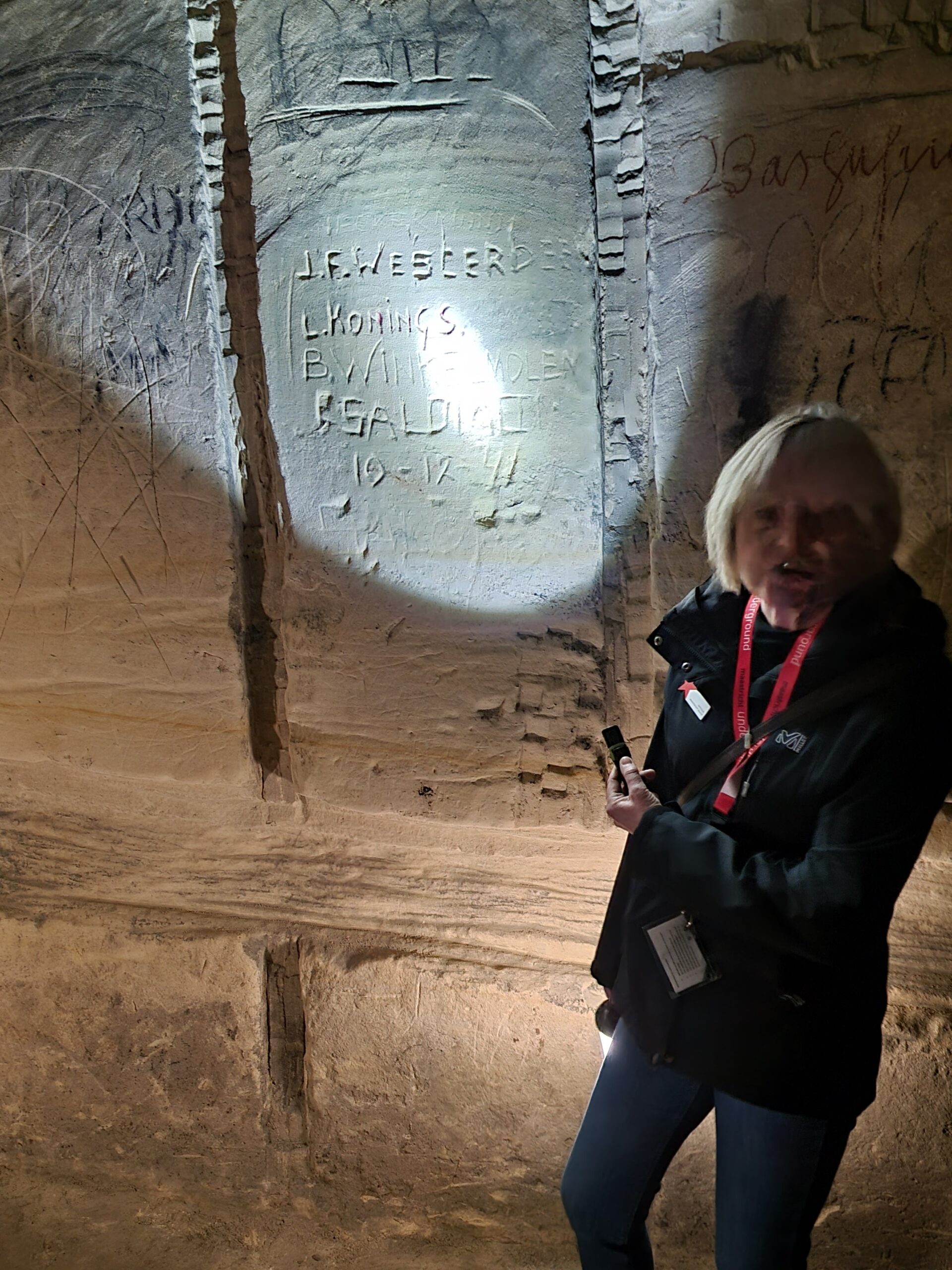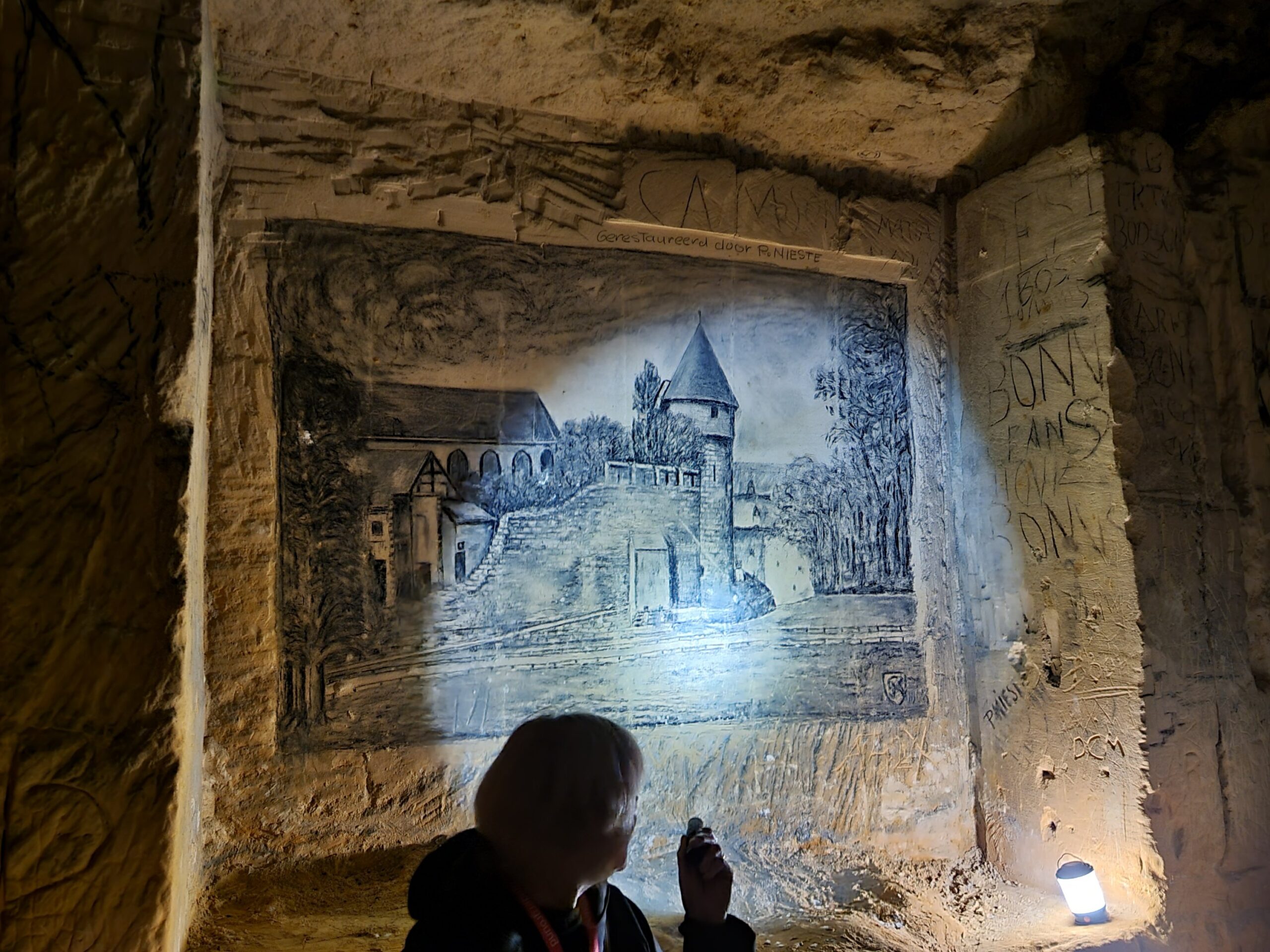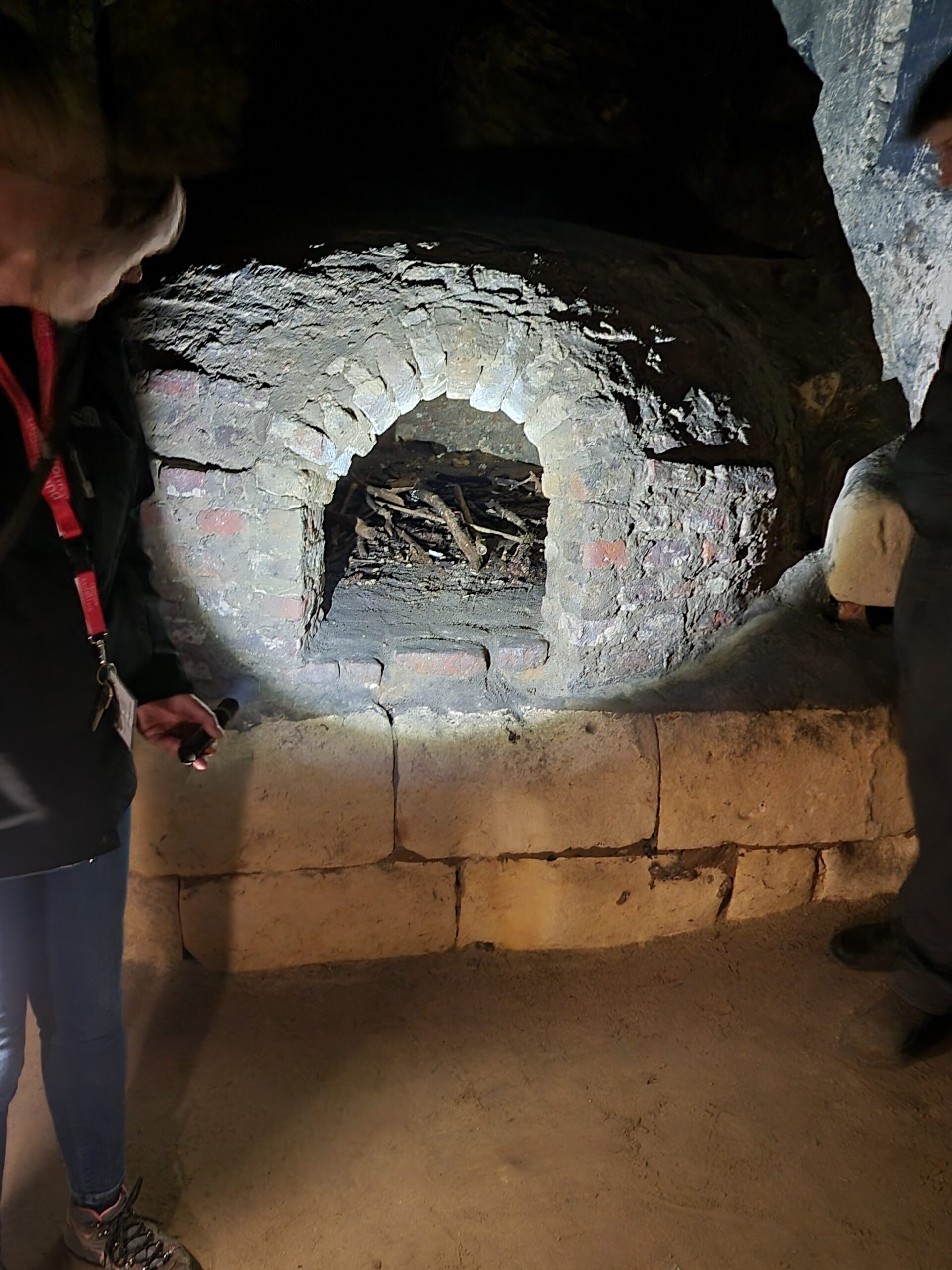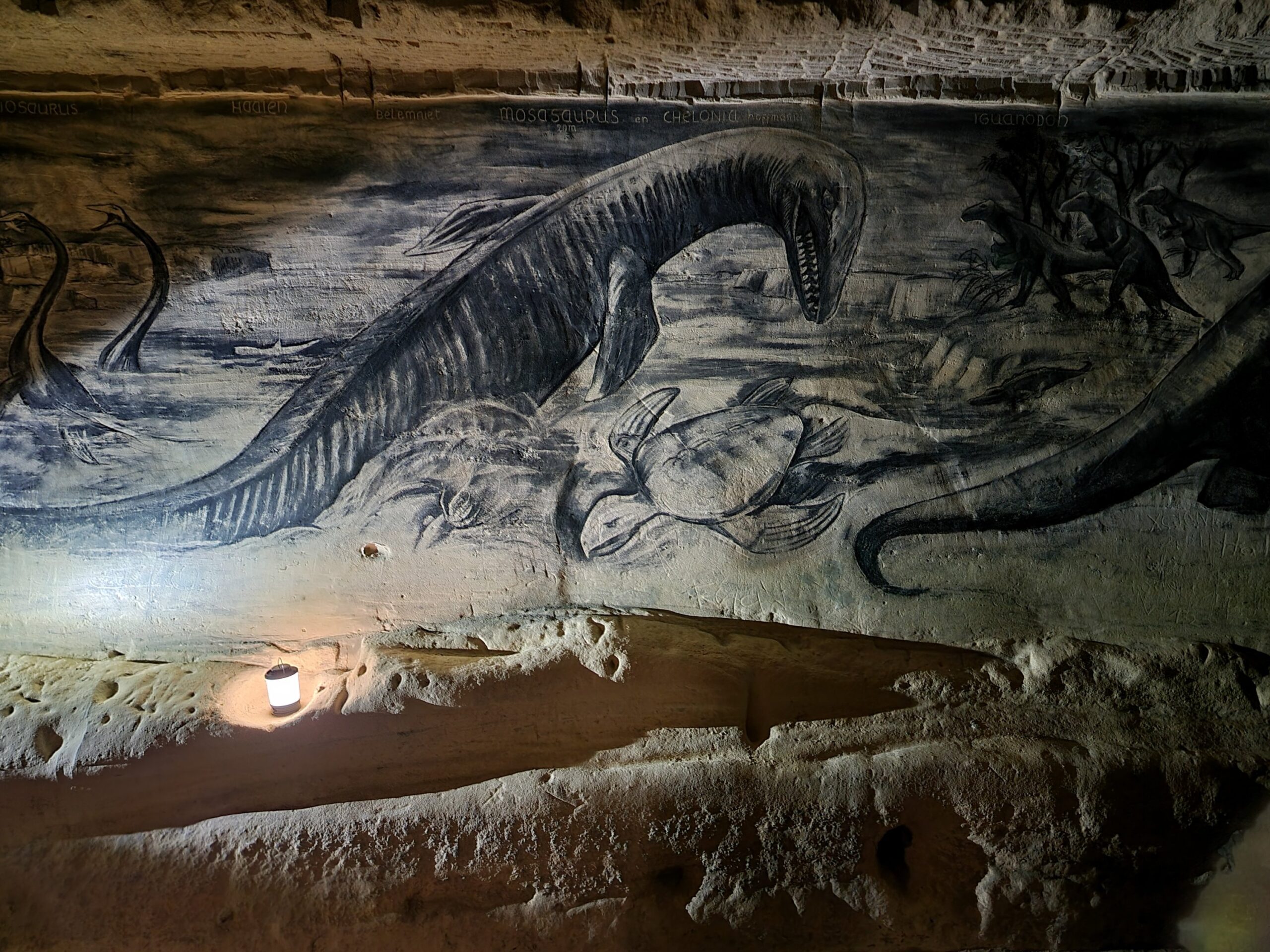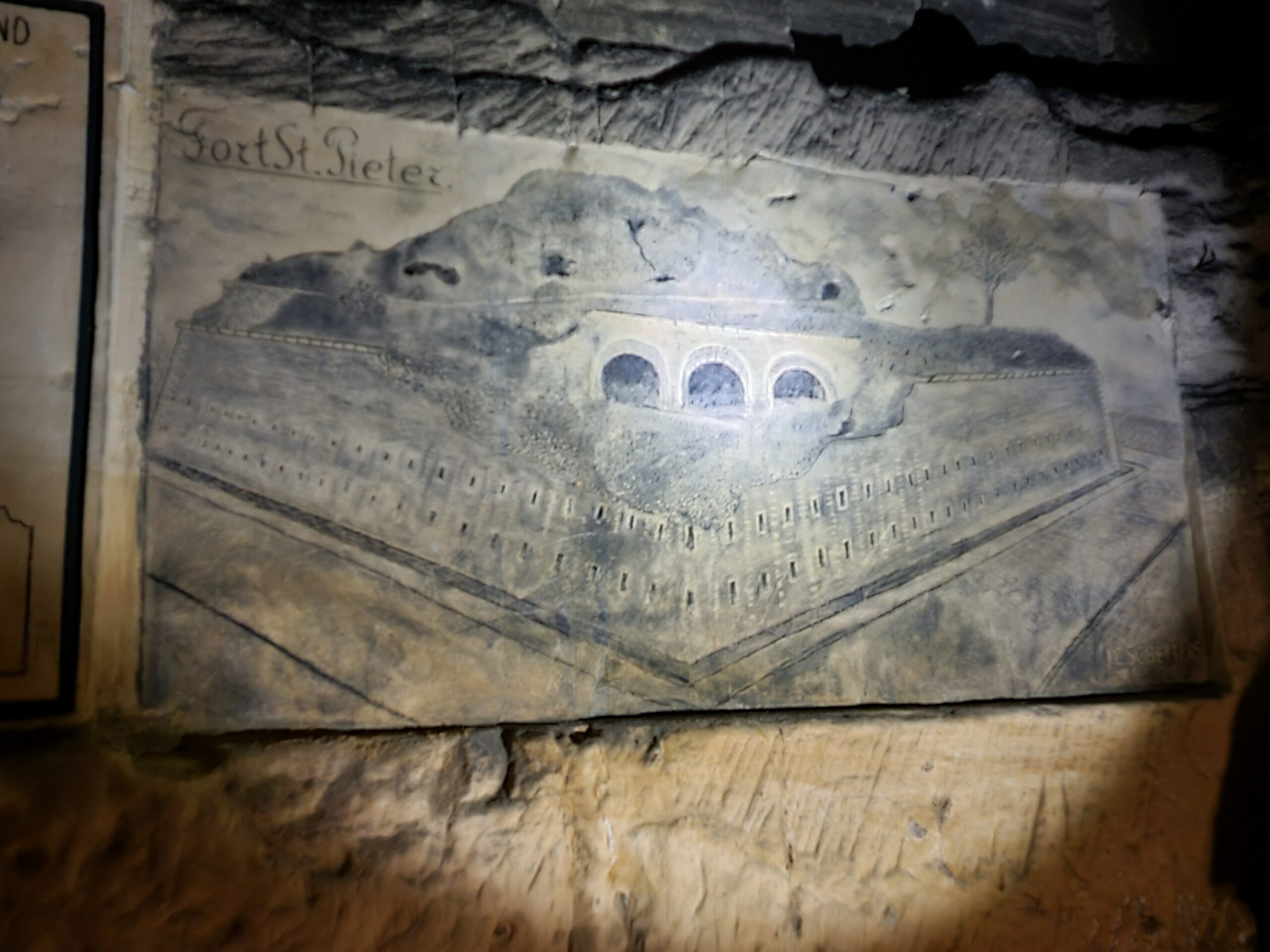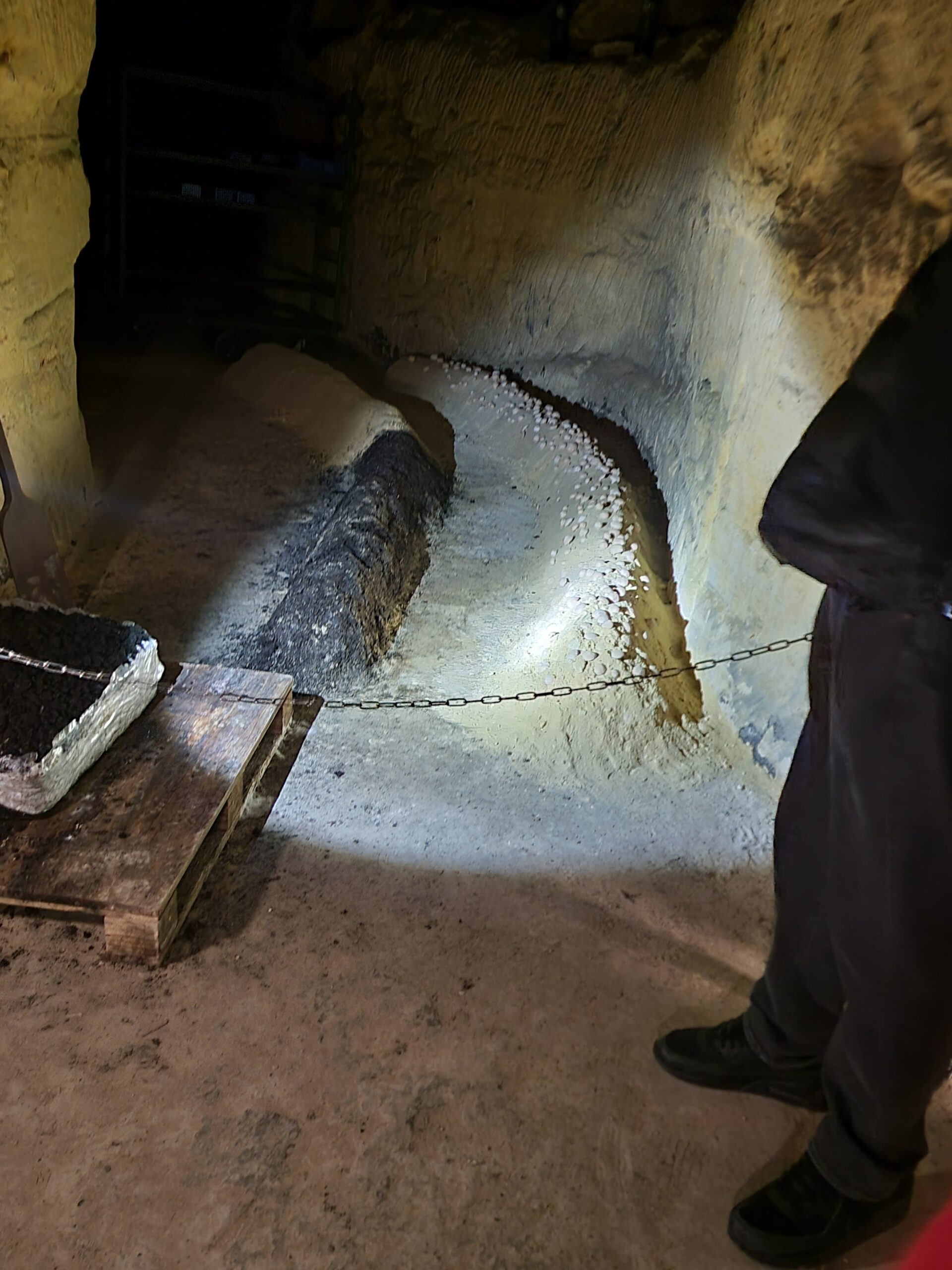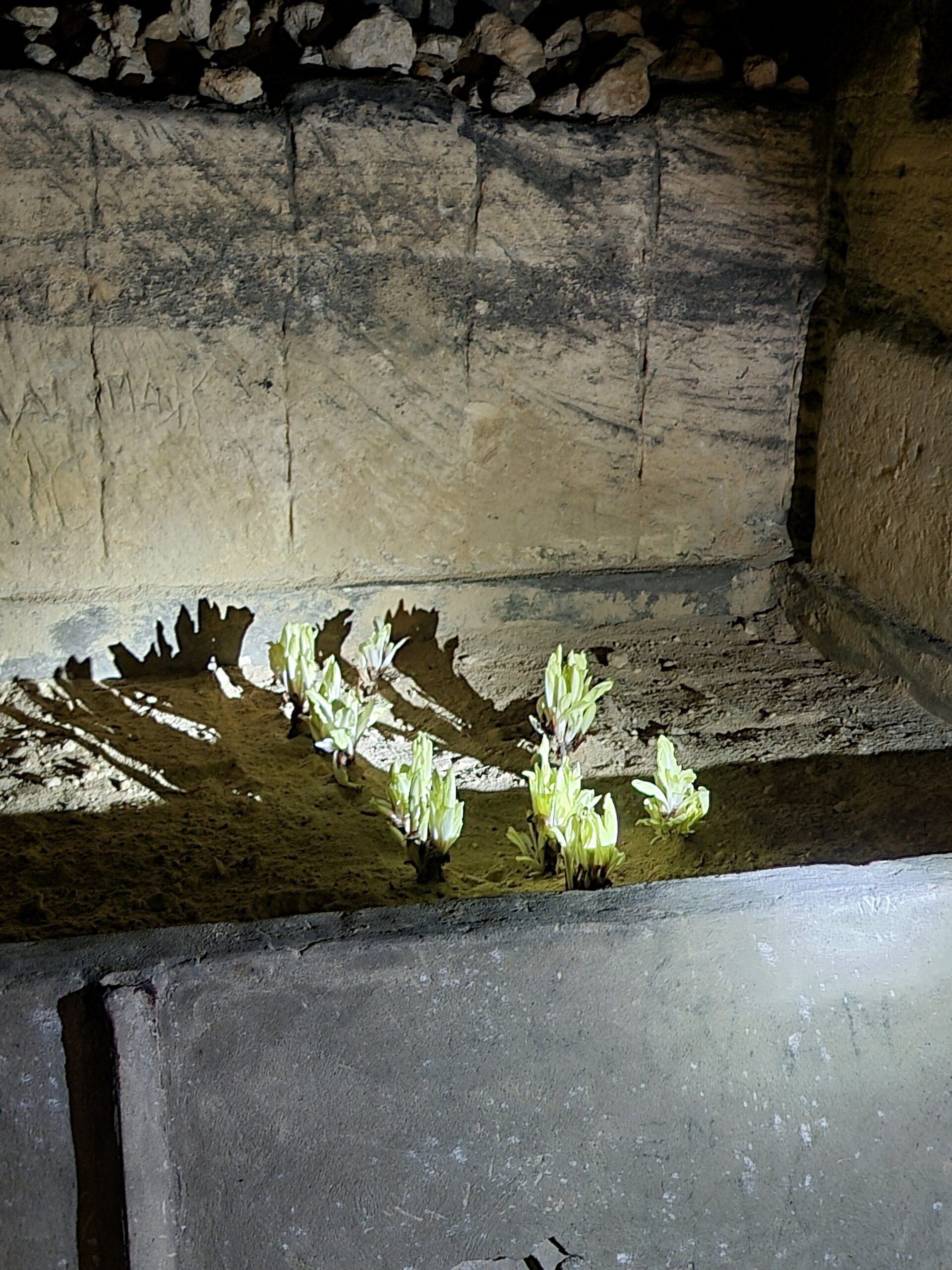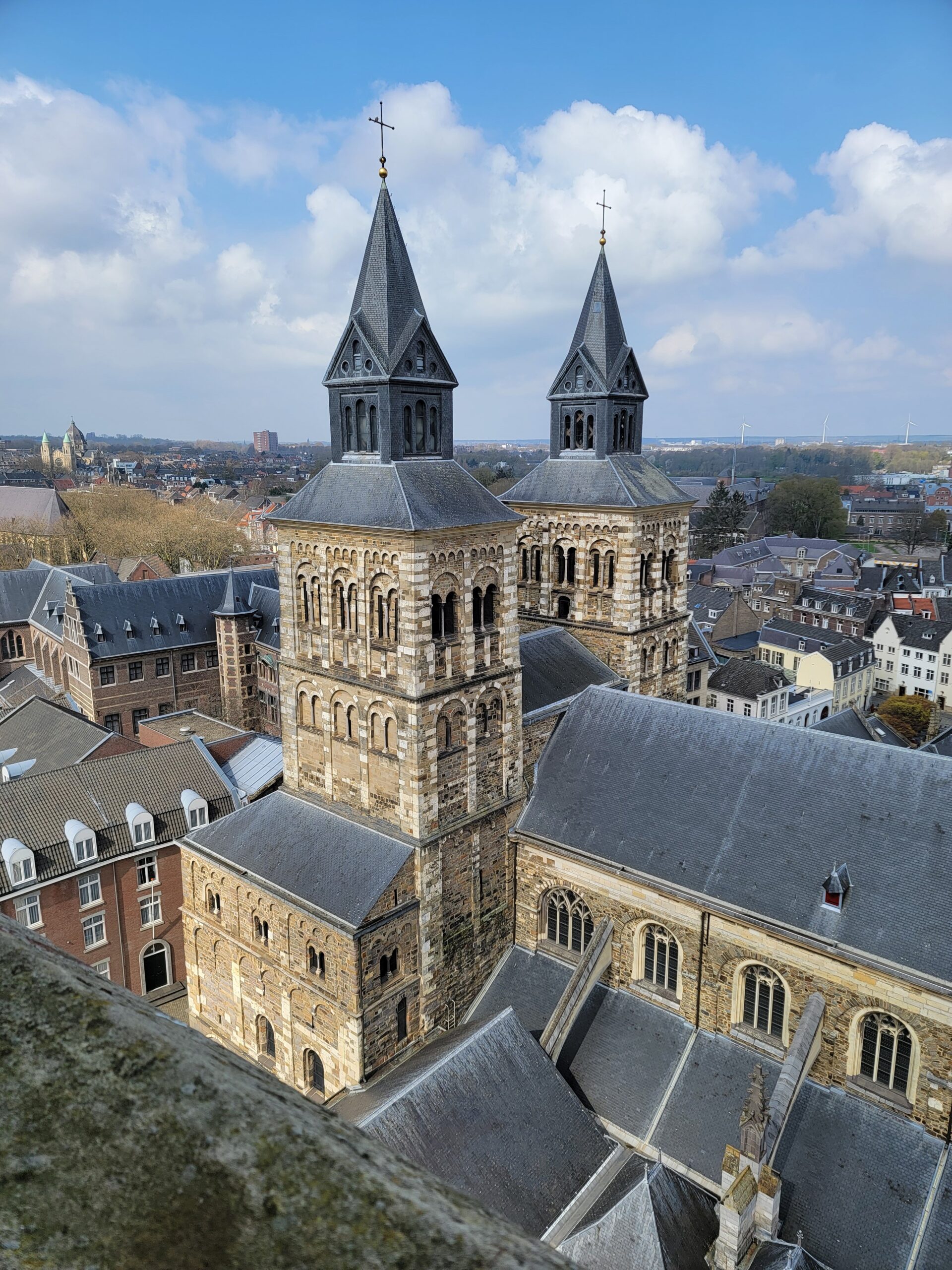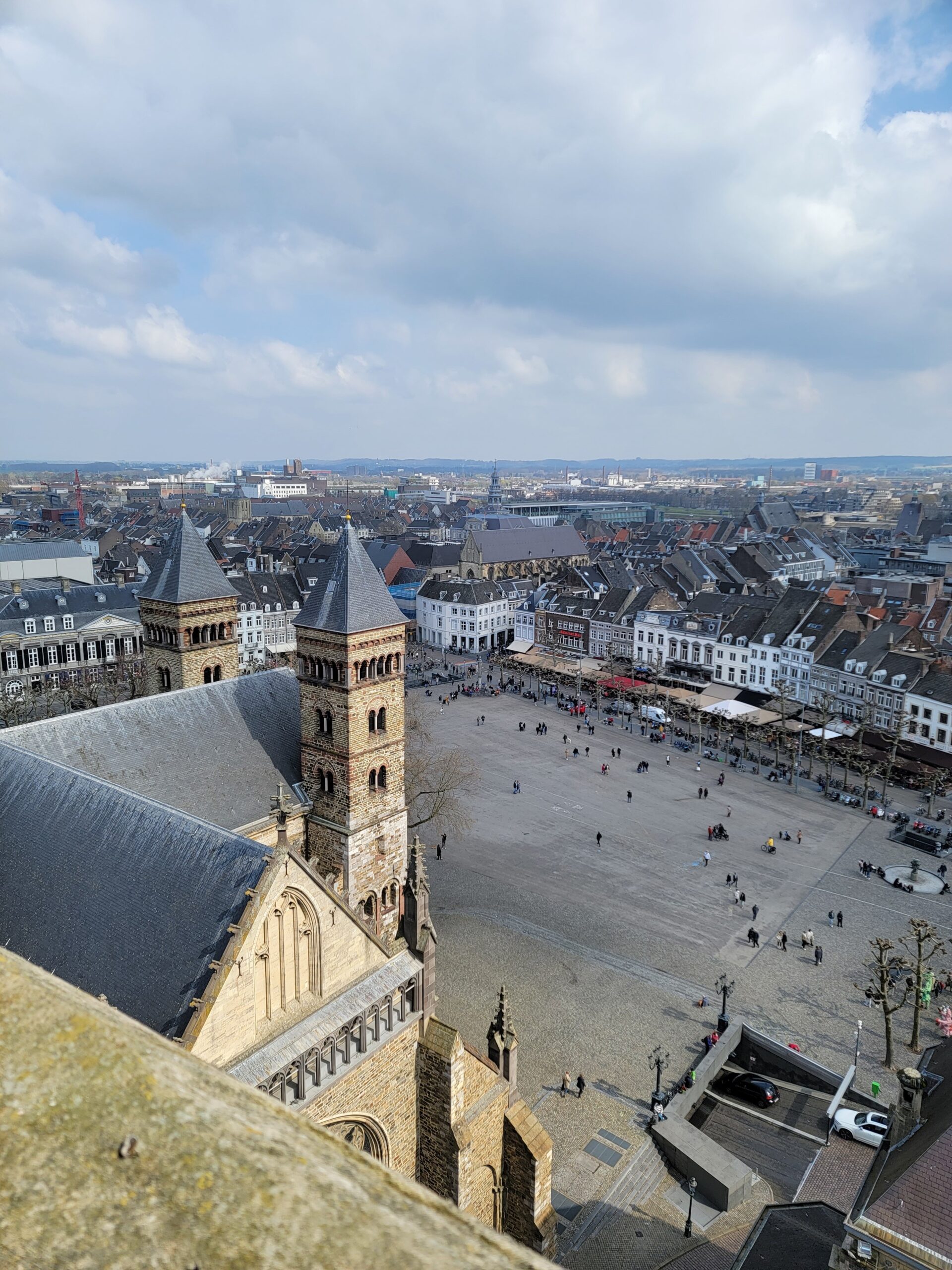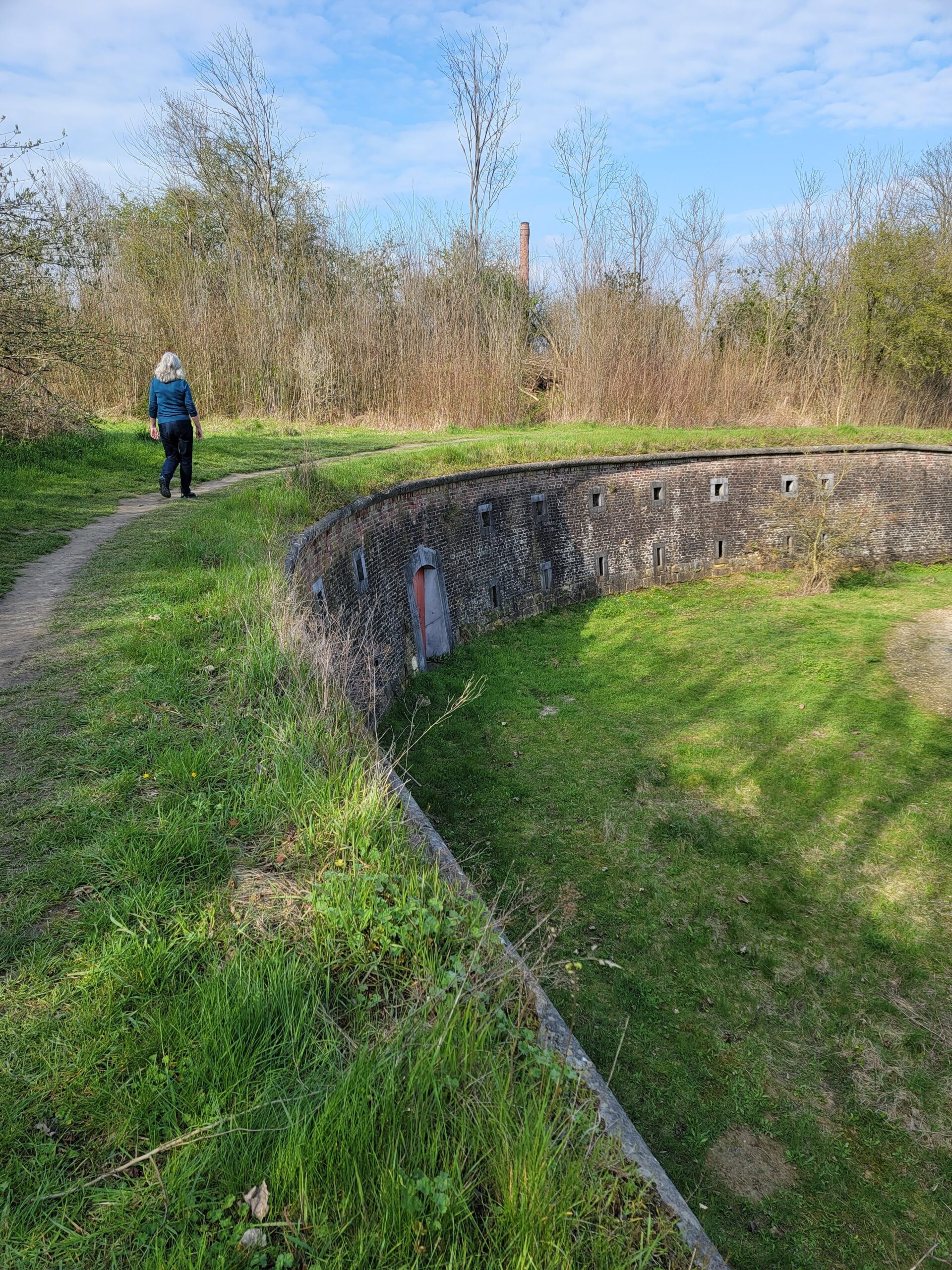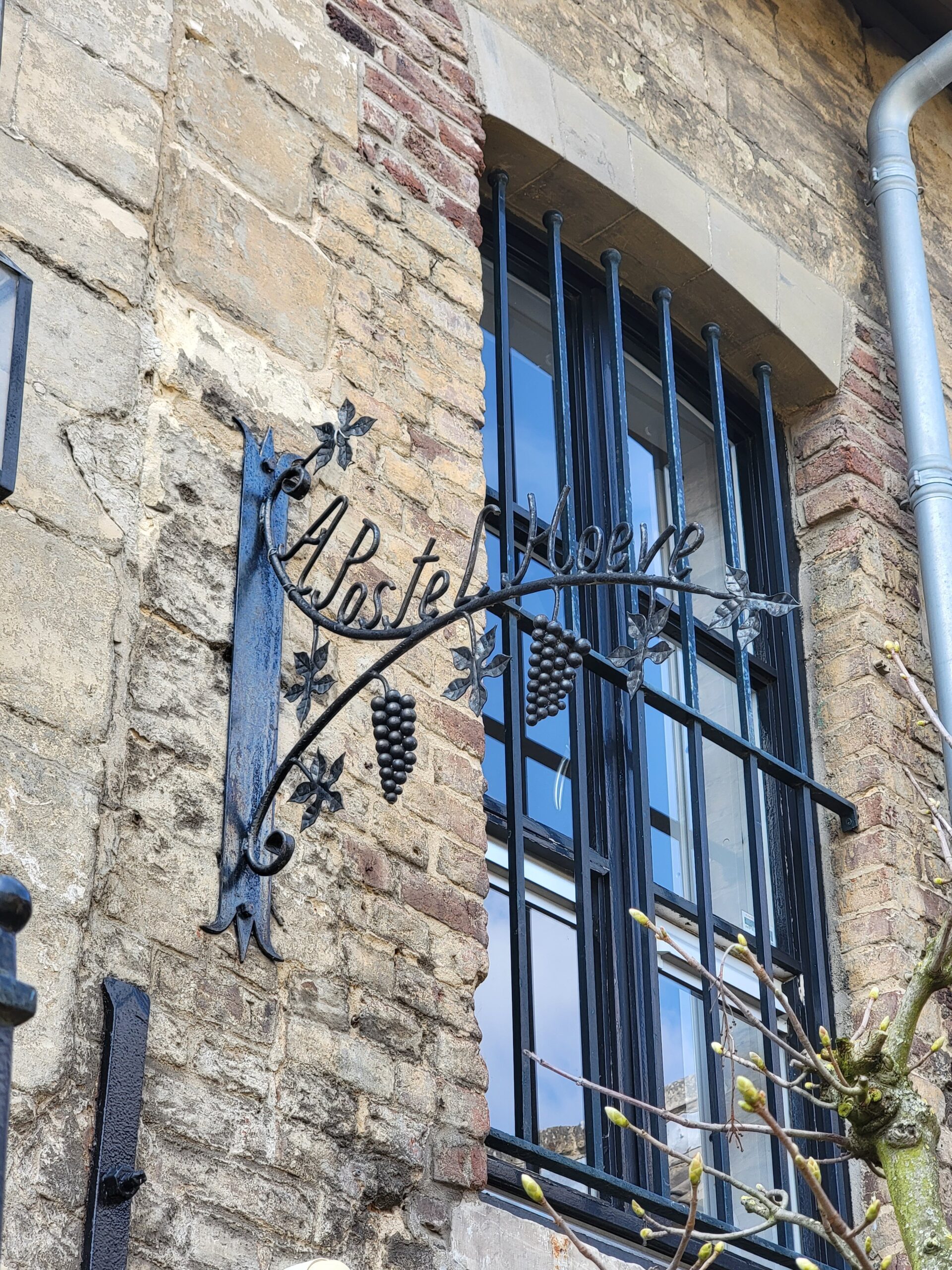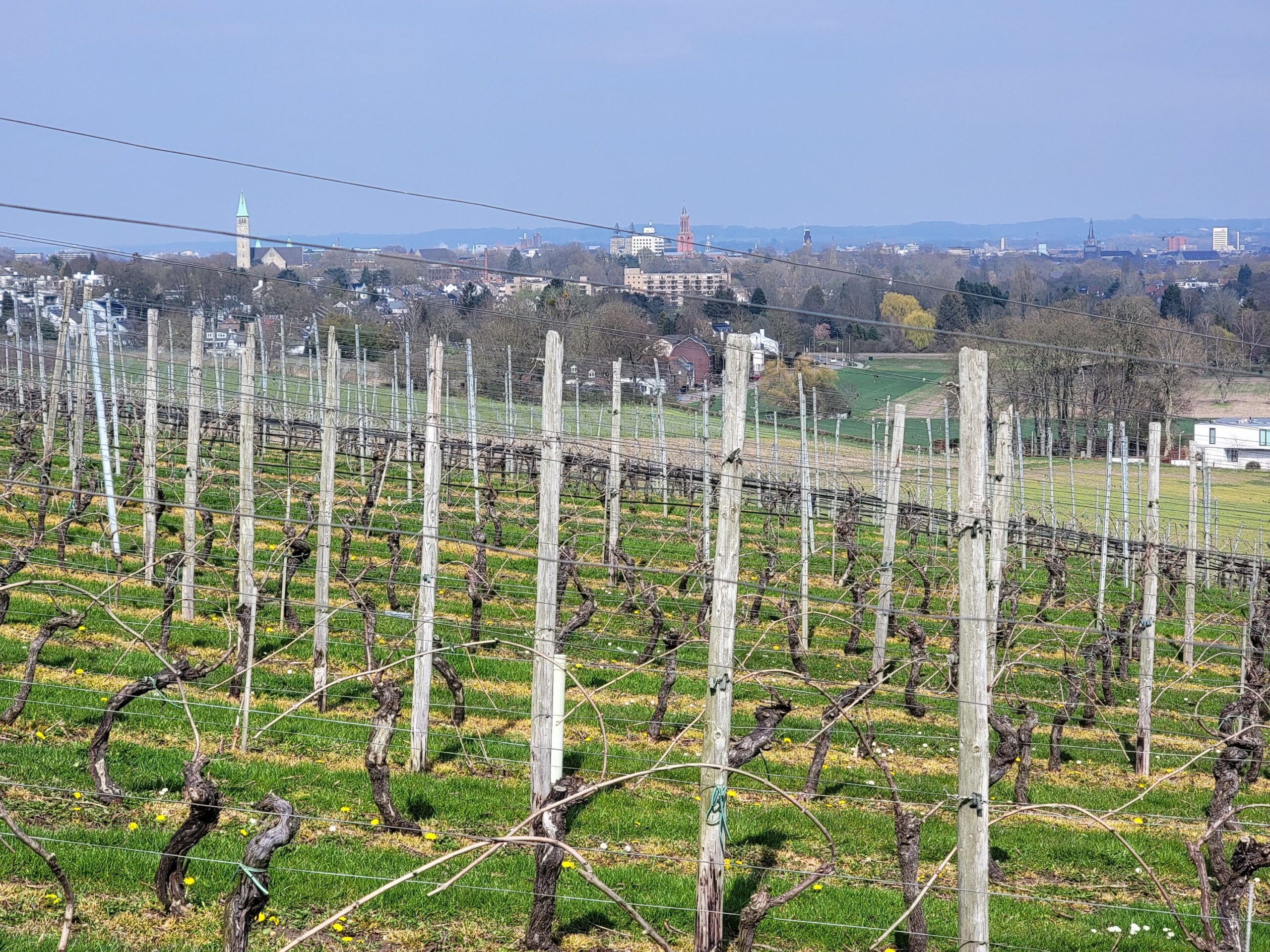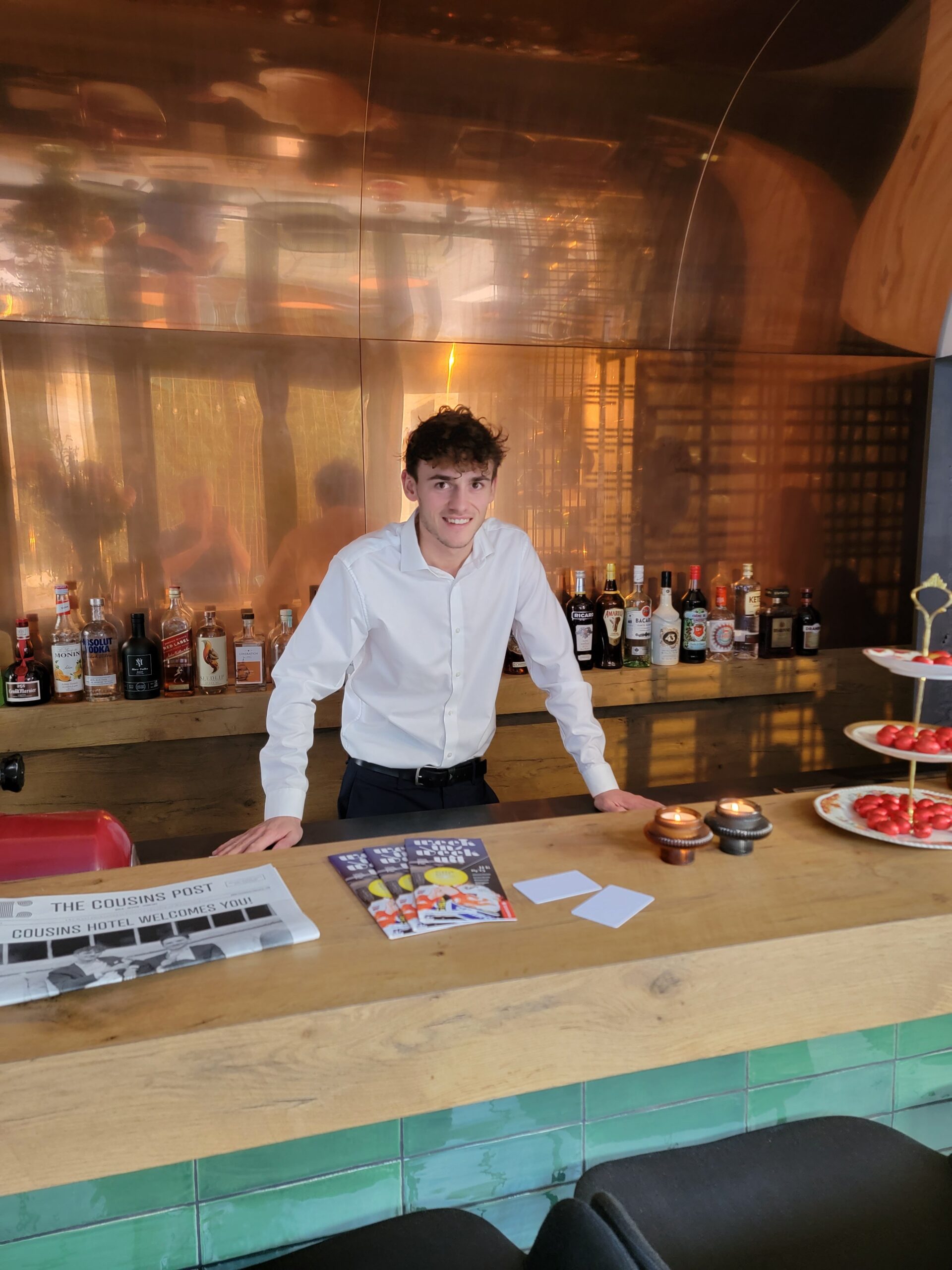Maastricht is about as far south as you can get in the Netherlands. The shape of the country turns this area into a peninsula, being close to Germany to the east and Belgium to the south and west. Maastricht is in the middle of the lowest blue portion of this map.
This was an easy 2 hour train ride from Utrecht. The city is divided by the bustling and fast flowing Meuse River.
The city developed from a Roman settlement, and was an important medieval trade center due to it’s location on the river. The very first bridge across the Meuse was built by the Romans, but it collapsed in 1275. The new bridge, built immediately thereafter, is pictured below. The locals claim this is the oldest bridge in the Netherlands.
Another shot of the bridge.
In more recent history, Maastricht is the birthplace of the European euro, per provisions of the 1992 Maastricht Treaty. The city has it’s own special atmosphere, and plenty of history to see. Below is one of the main streets running to the Markt Square. Bicycles AND cars are a hazard here, so beware! I can’t count how many times we had near misses with these renegades of the road!
City Hall stands proudly in the middle of the square. We arrived on a good day, as this square was jam packed every other day.
The Meuse river is near Markt Square, and we had a destination in mind, the Maastricht brewery, housed in the white building on the waterfront in front of the church tower.
Walking around town we came across the massive Vrijthof Plaza. We spent five days in Maastricht, and this square was absolutely packed after this evening, as the upcoming Easter Weekend is very popular here.
Saint Jan’s Church across the plaza is just stunning when it’s lit up by the setting sun.
The next day we walked a half hour south to Fort Sint Pieter, a fort built on an actual hill, something we’ve not seen in the Netherlands previously.
After the French invaded Maastricht in 1673, the city decided they needed a defensive fort to prevent another invasion. The fort was built in the early 1700’s. The French attacked again in 1794, and the fort held strong against the siege, so it proved it’s worth. We took a tour of the inside of the fort, and it was well worthwhile.
A view through one of the wall notches. The walls were at least 10 feet thick.
They had a line of cannons aimed at the middle ground between the fort and the walls of the city.
The upper portion of the fort was added later. The city flag of Maastricht is flying atop the fort.
The view from the top towards Maastricht is excellent.
One other item Maastricht is well known for is their extensive underground cave system. These caves were created when the marl (similar to limestone) was mined for building materials. There were originally 20,000 tunnels cut into the stone in the area. Of these, 8,000 are still intact, and you can tour a portion of them.
For tourism they included several pieces of art on the walls, drawn in charcoal, which won’t get damaged by the elements in the caves. The below depicts a marl miner.
Our tour guide pointed out some historic graffiti. These names were inscribed in December 1941 by Jews who were hiding in the caves during WWII. Two of them visited again in 1981 to see their names still there.
More artwork on the wall.
Some of the locals moved into the caves when the Netherlands were invaded by the Nazi’s, and built an oven that looks suspiciously like it was meant for pizzas.
More artwork, depicting what they believed were some dinosaurs that left behind some fossils in the marl.
There is even a depiction of Fort Sint Pieter.
They grew mushrooms in these piles of dirt in the past.
They are growing something now that I have no idea what it could be. Something green growing in a dark cave?
We didn’t tour it, but there is a vault in the cave (now empty) where they kept many of the Netherlands artistic masterpieces during WWII, including Rembrandt’s The Night Watch, which we saw in the Rijksmuseum. Who’s knows where they would have ended up if the Nazi’s had gotten their hands on them!
On April 8 the reddish colored St. Jan’s Church tower, pictured previously, opened for the first time this year. We decided to hike up to the top. Beware, it’s VERY narrow, so if you are the least bit claustrophobic I’d skip it. The views over Maastricht are stellar!
The former defensive bastions remain clearly evident along portions of the former walls of the city. We took a walk along these during the evening.
Lastly, no trip would be complete without a wine tasting. The best winery in the Netherlands is Apostelhoeve, and it just so happens to be just outside of Maastricht.
The vines here are quite young, but this is not representative of their entire winery.
The wines are actually quite good. I ended up buying 10 bottles, with the plan to bring 6 of those home. We’ll see how thirsty I get over the next couple of weeks! The owners were awesome. Love this place!
If you find yourself coming to Maastricht, I highly recommend you stay at a fairly new place, Cousins Boutique Hotel. This place is run by two enterprising 24 year old cousins who are doing one hell of a job. Everything about the place is fantastic! Joe was super helpful on checking in and out, and giving us some pointers regarding the city. Thanks Joe! You and Jean make a great team!

